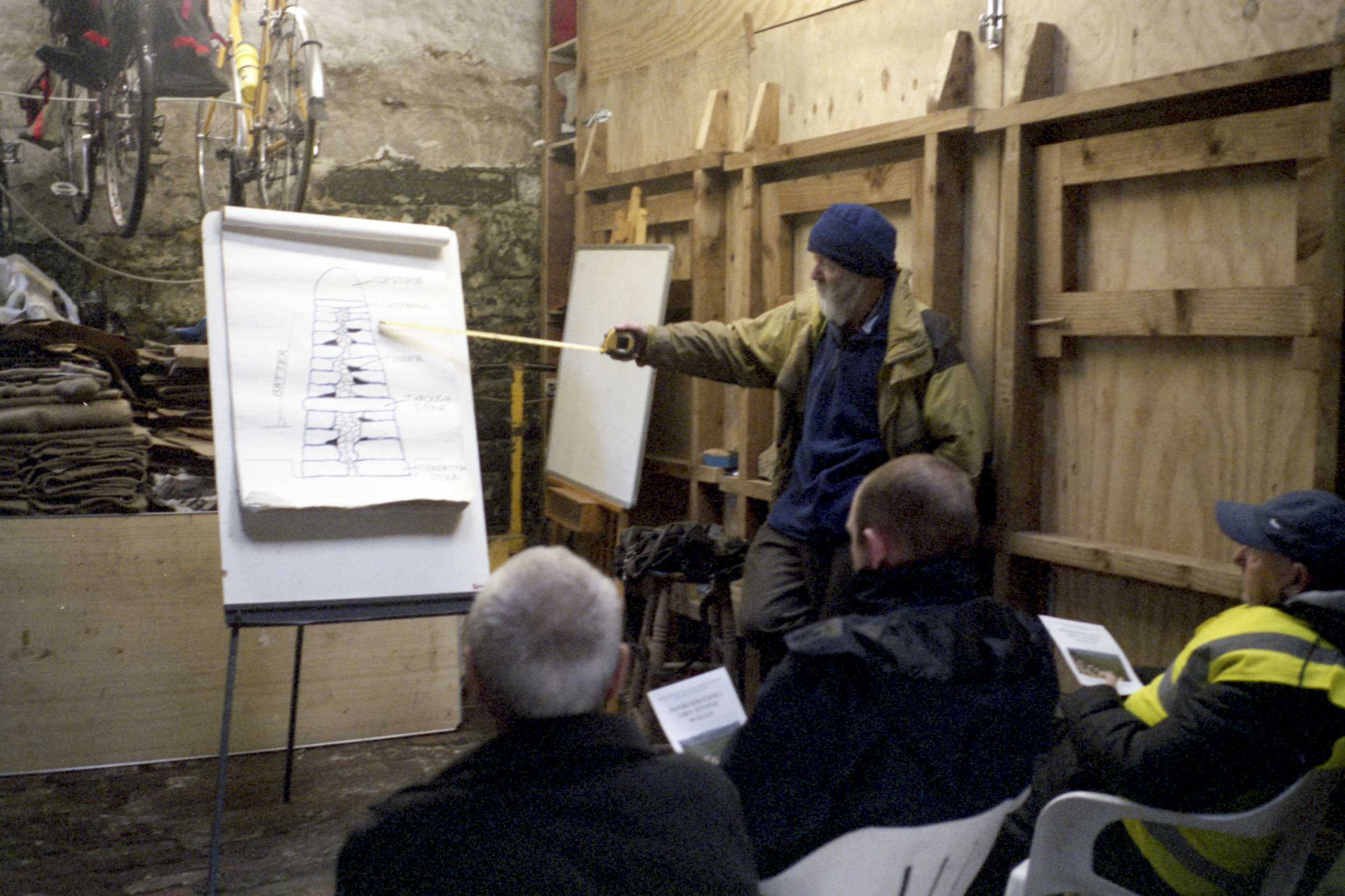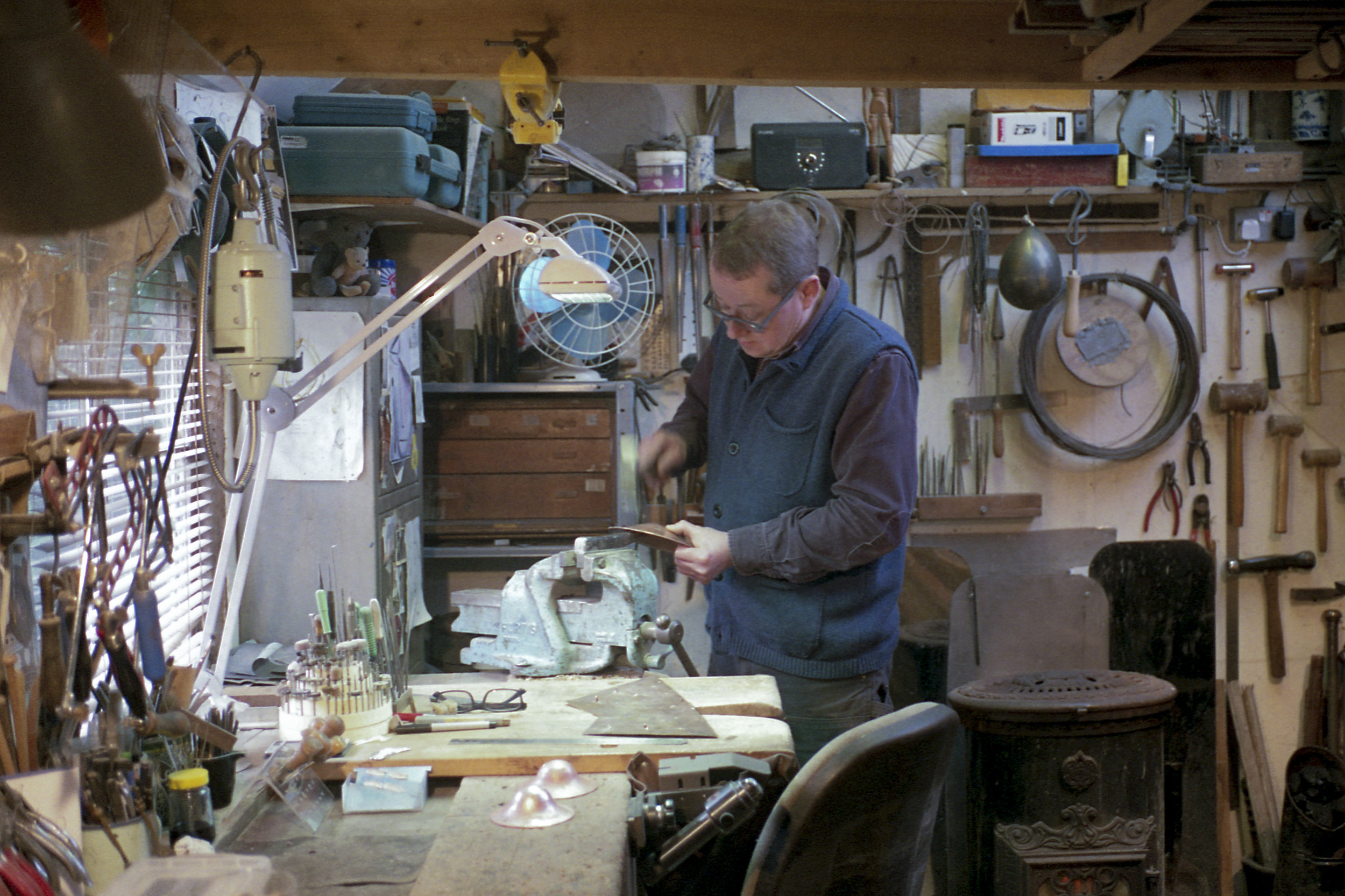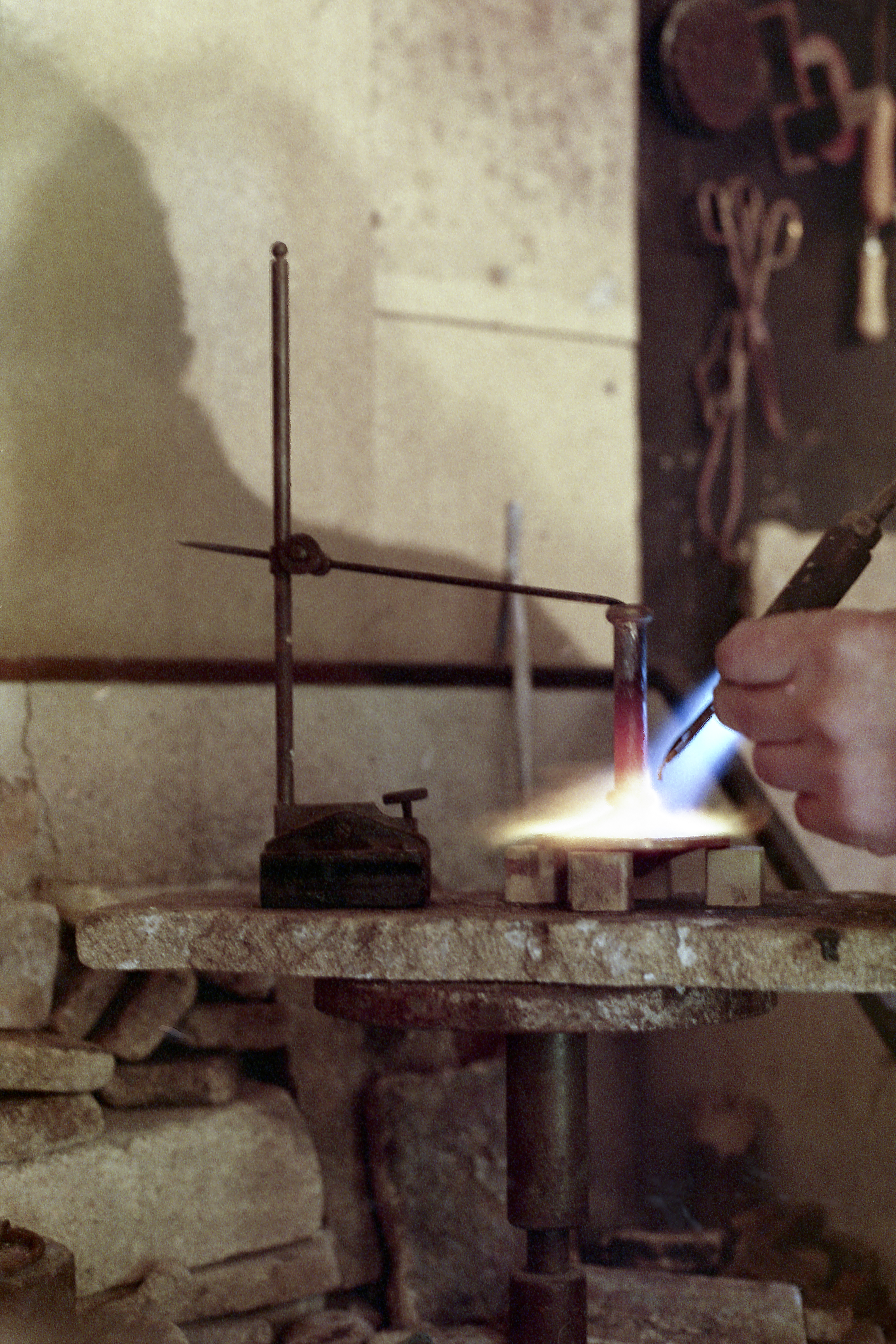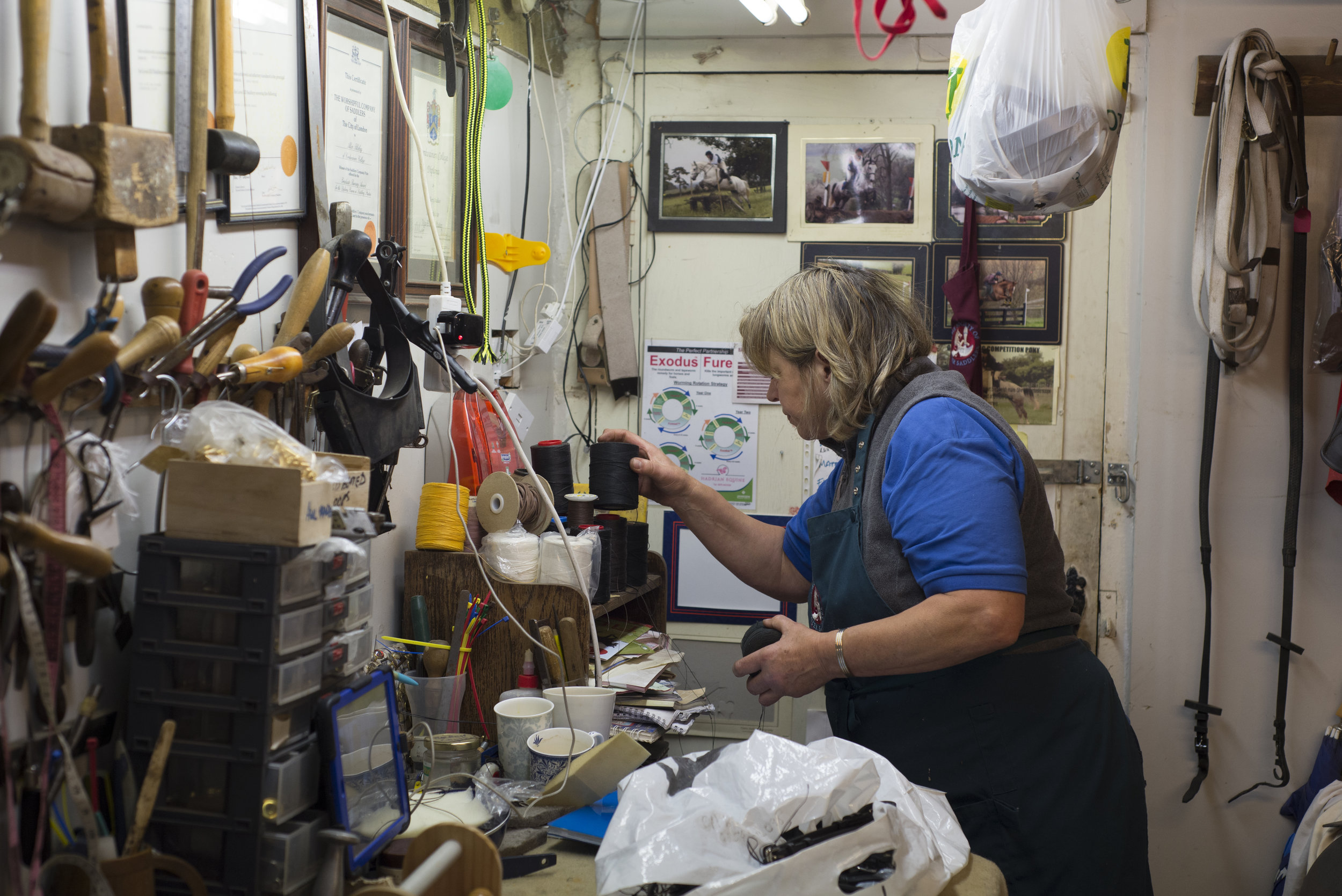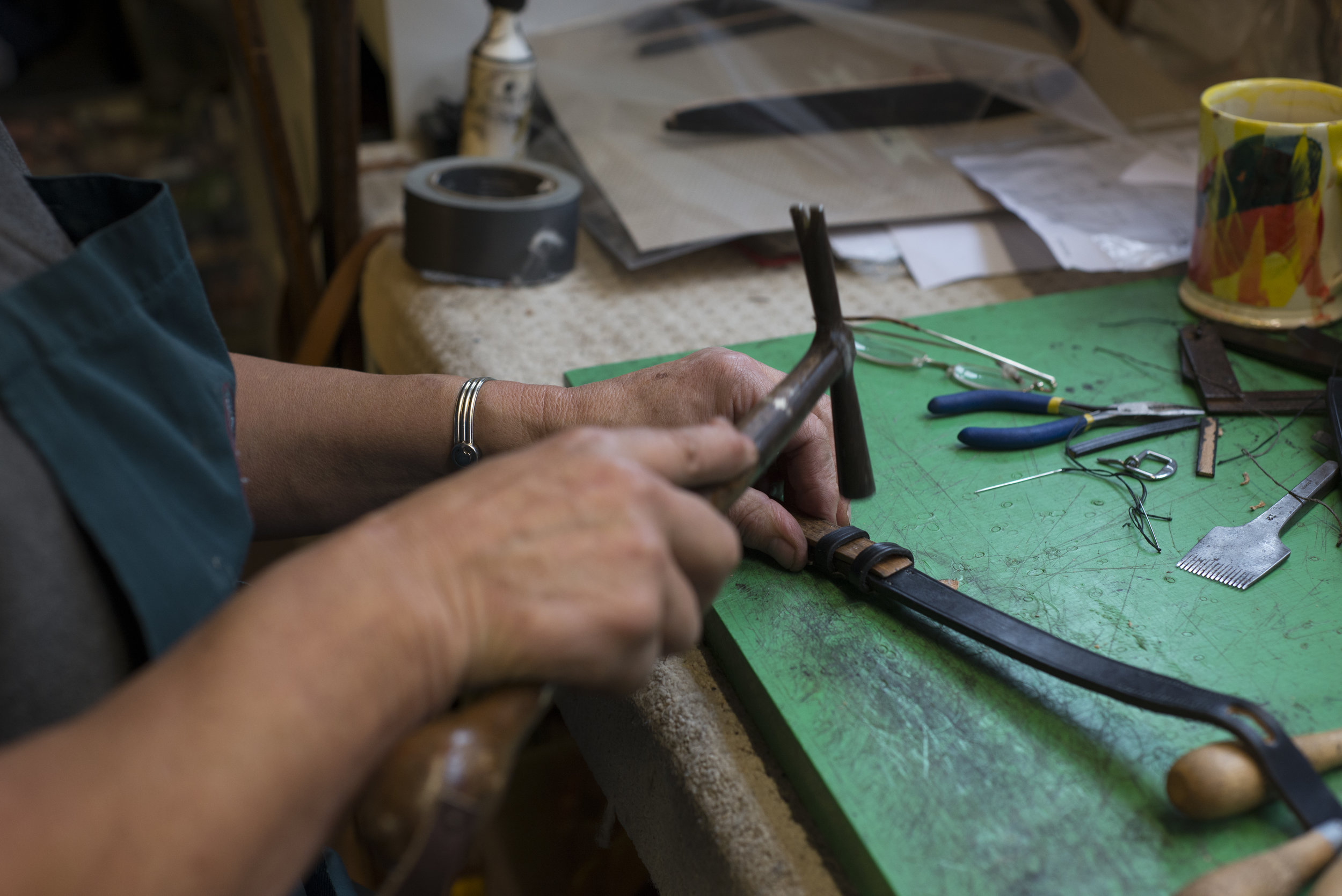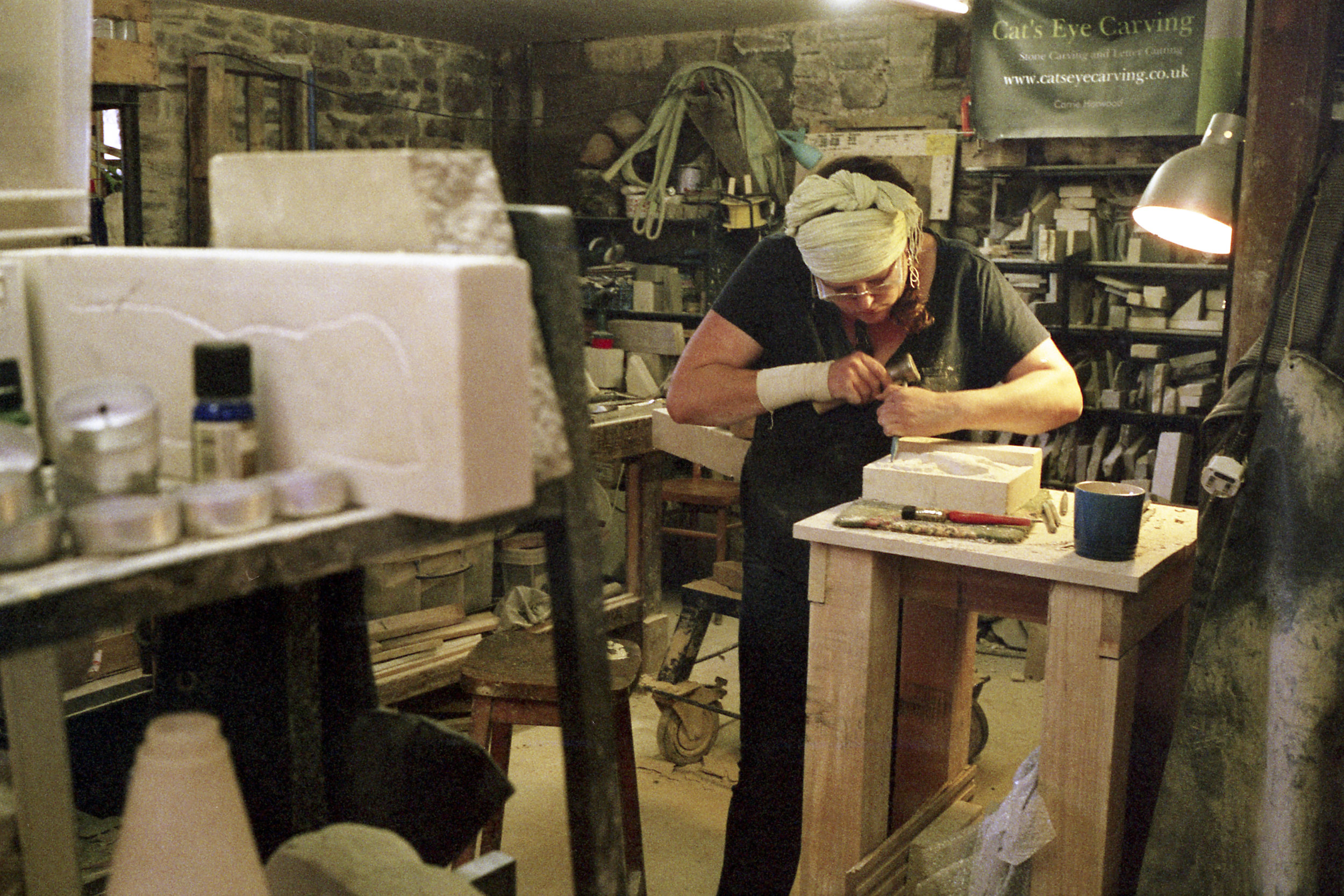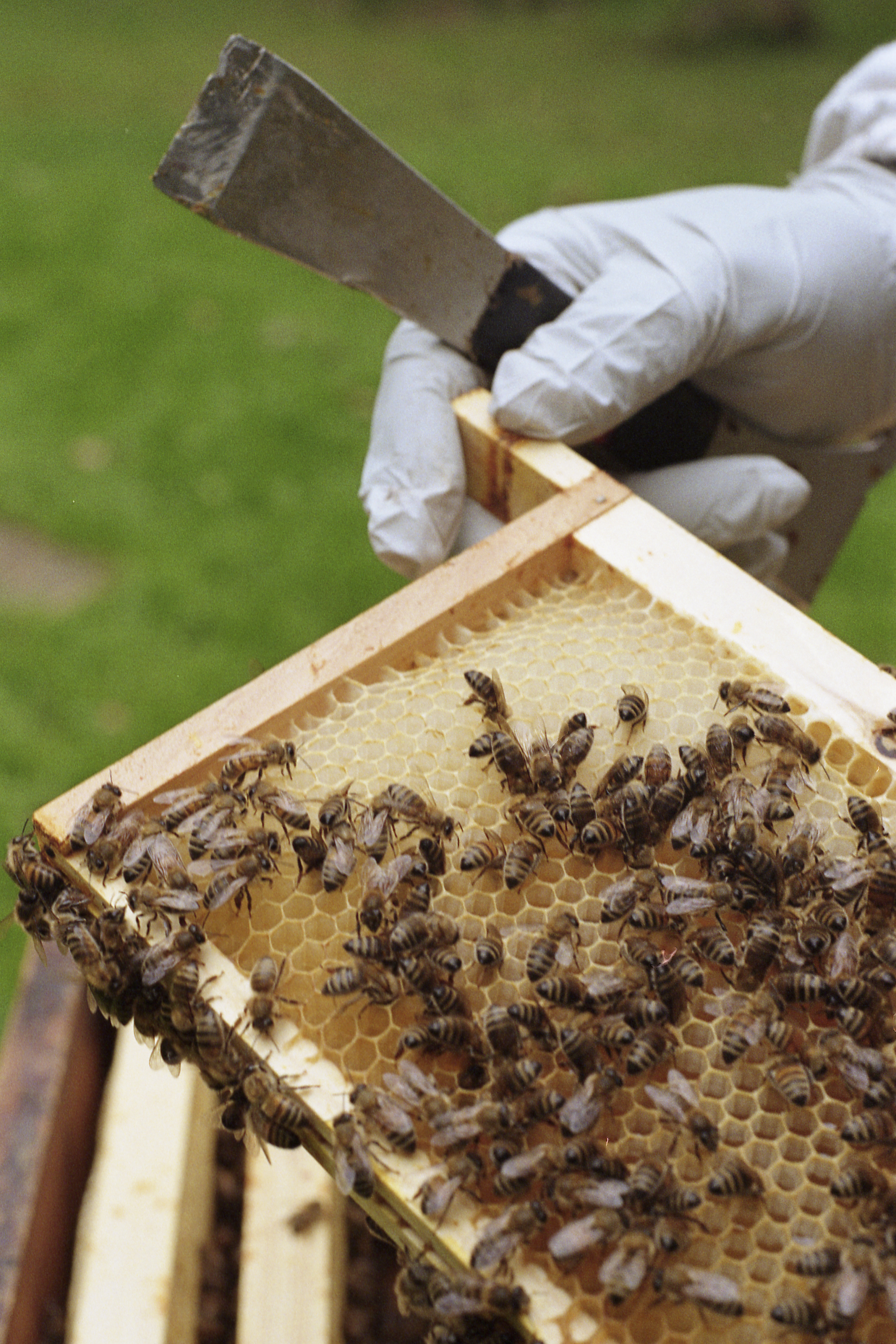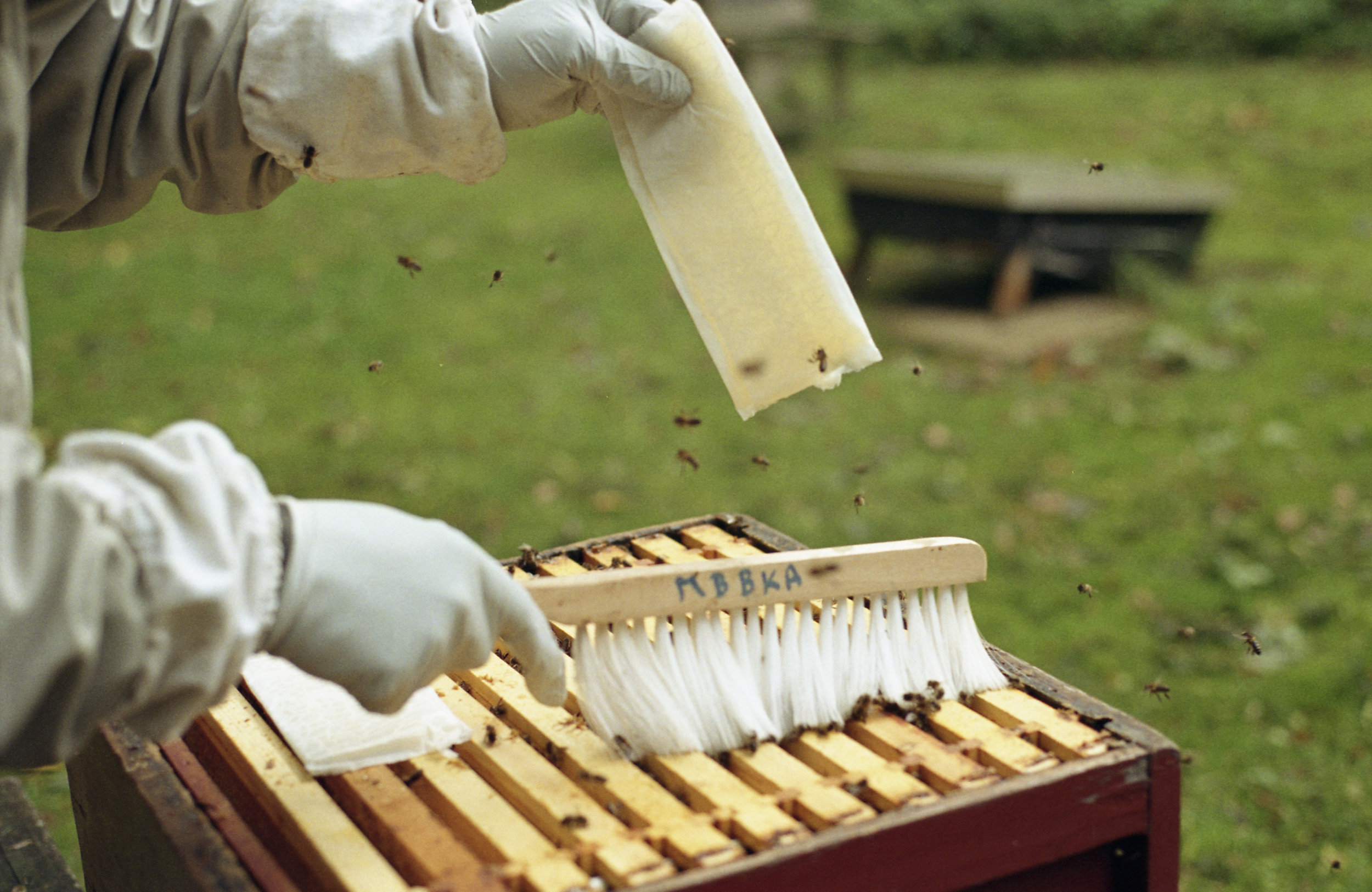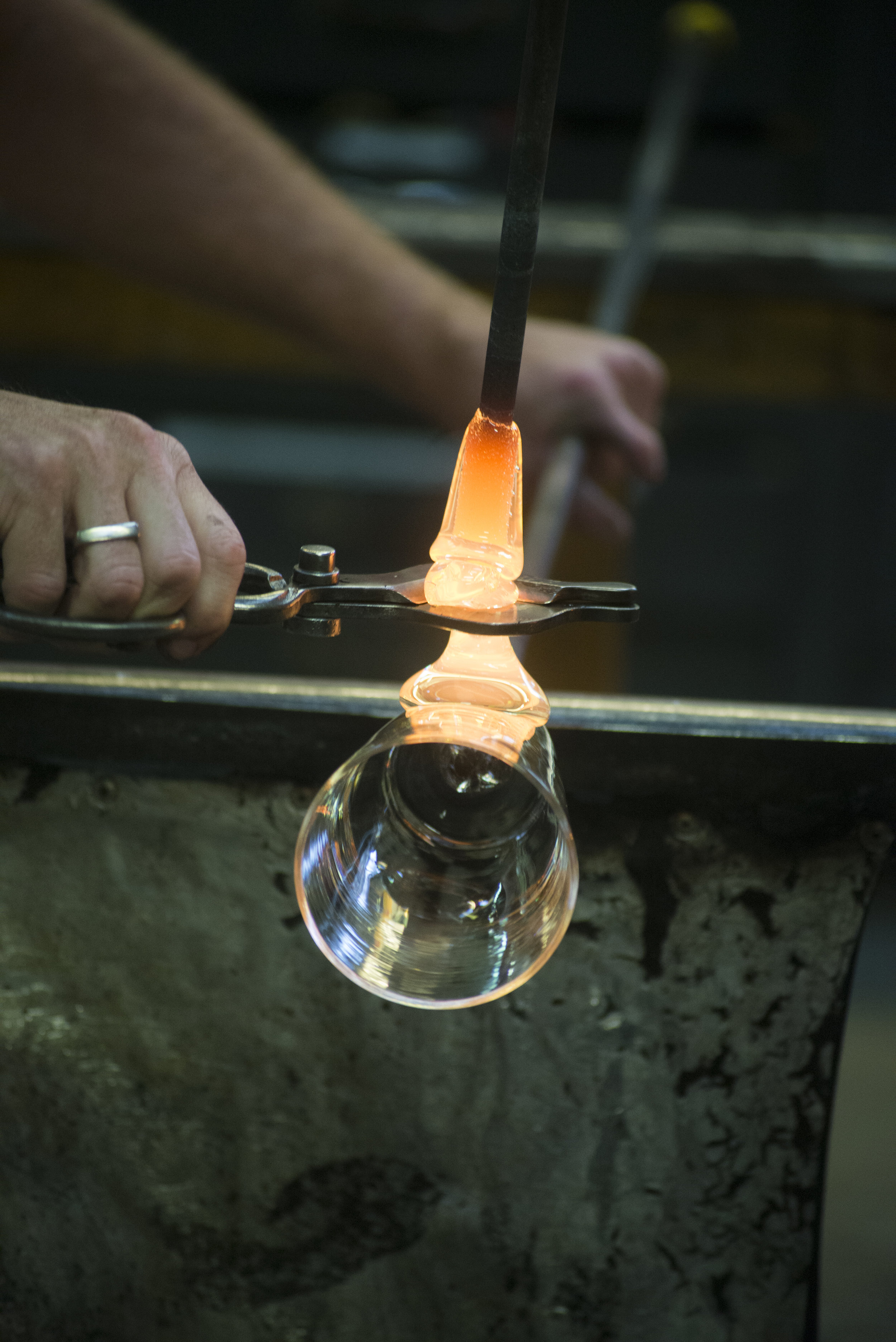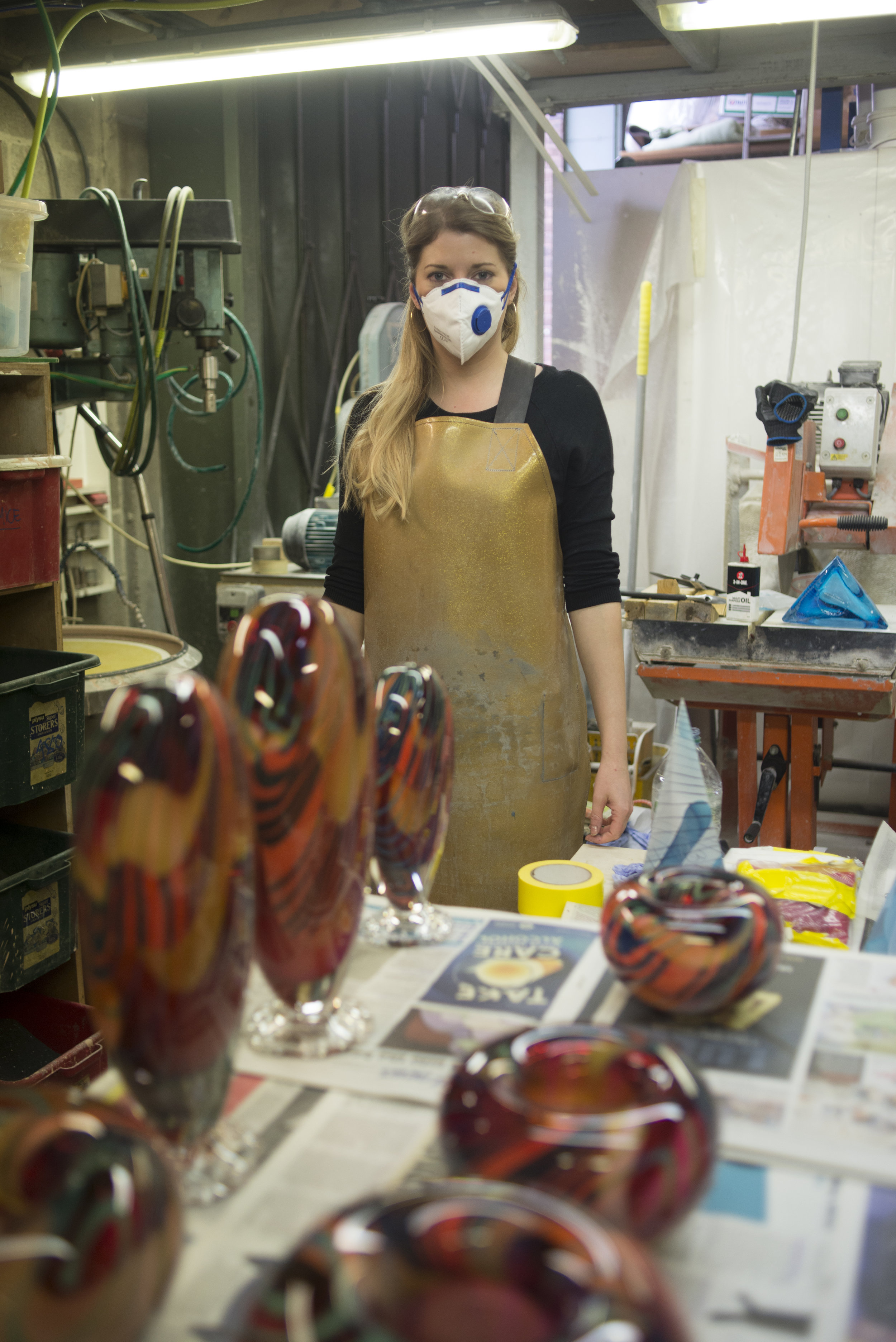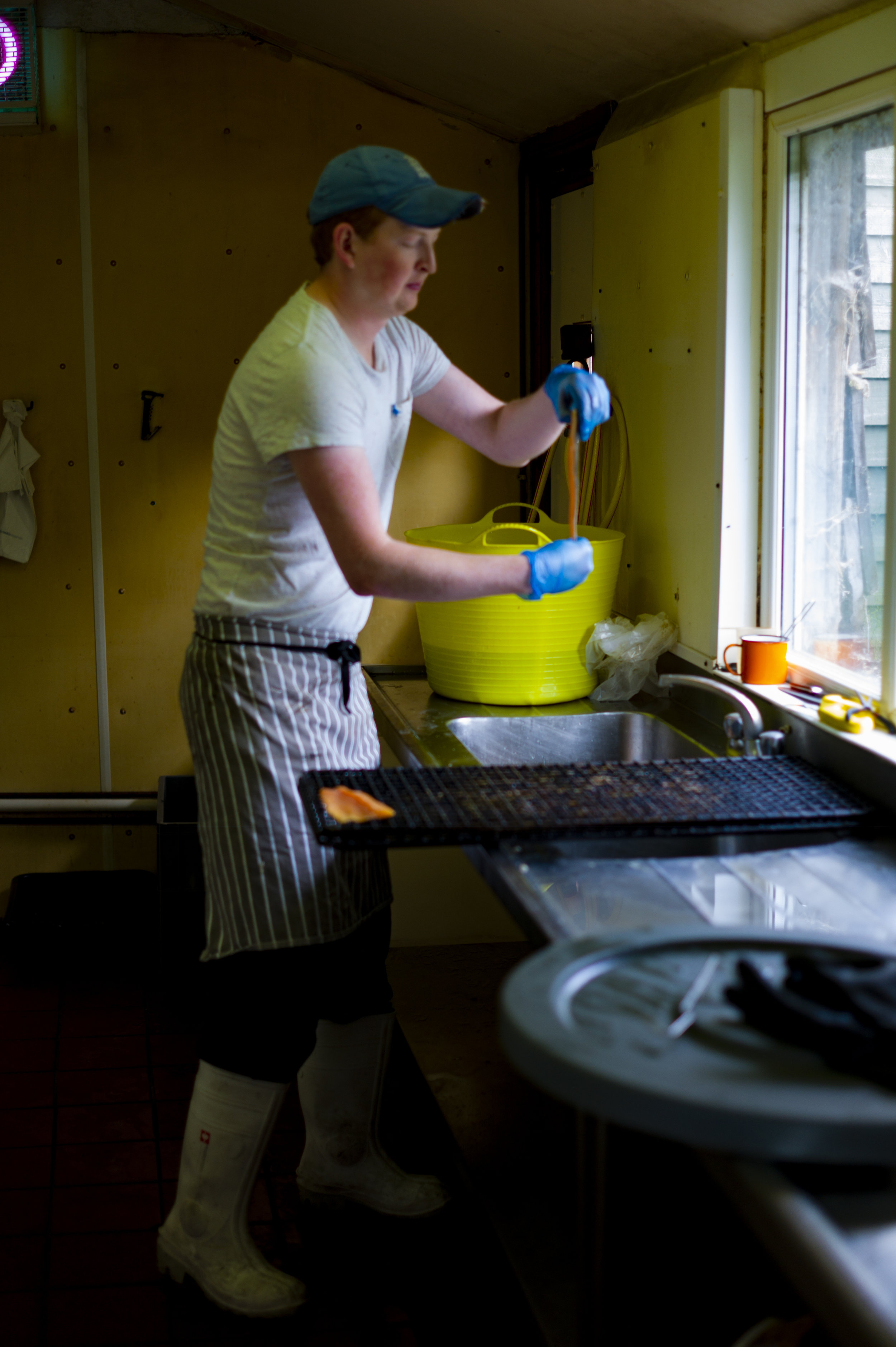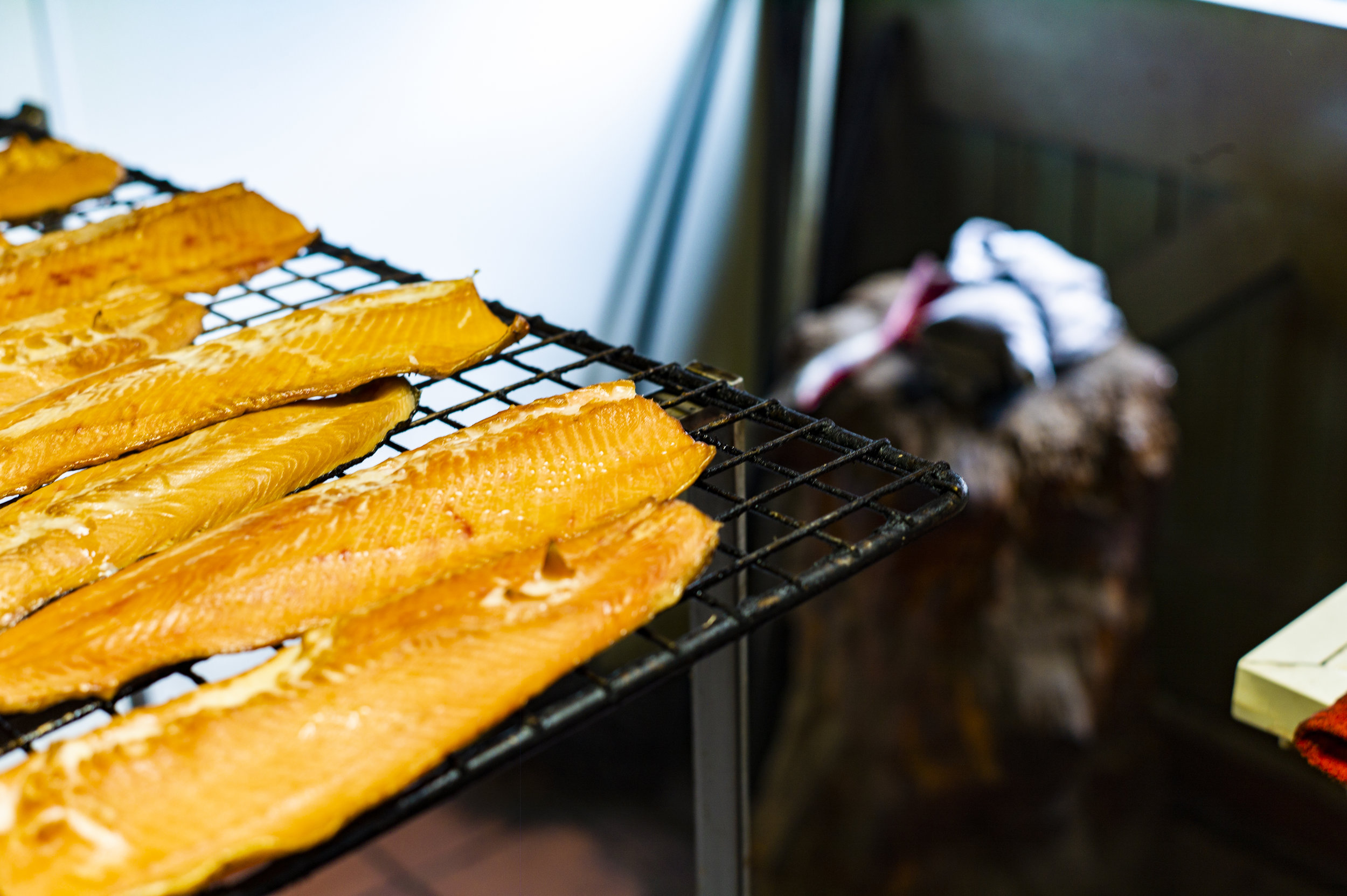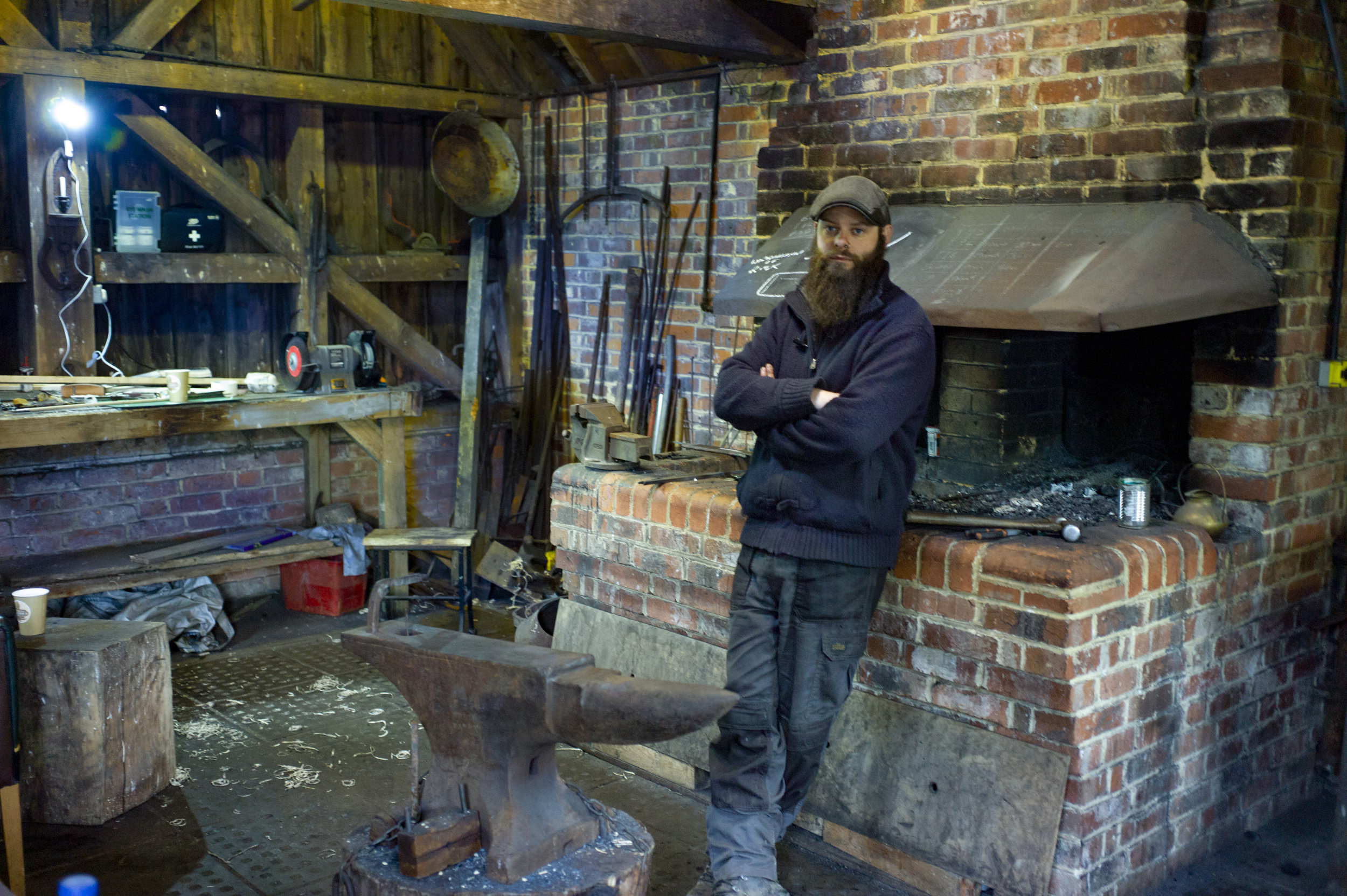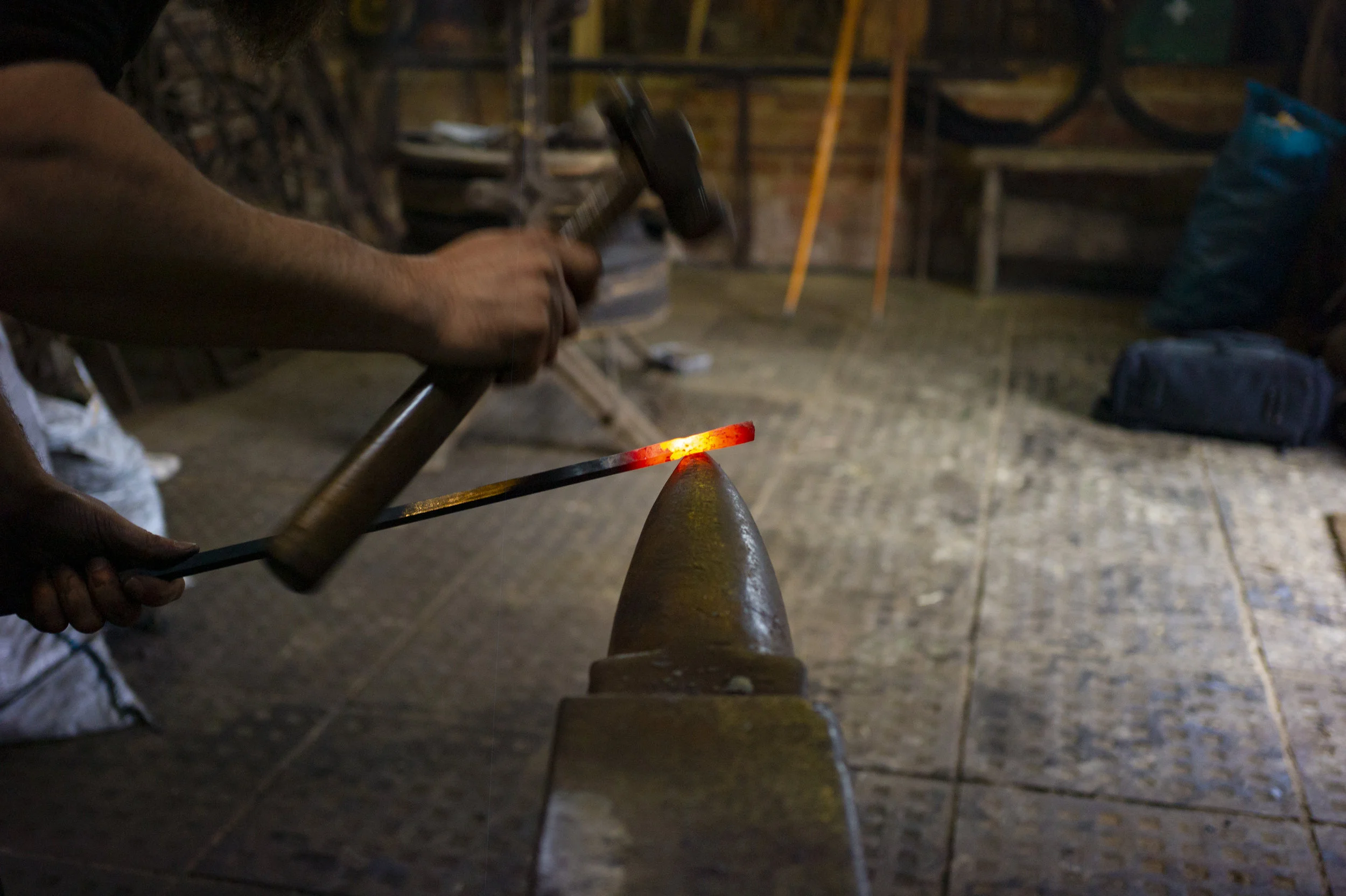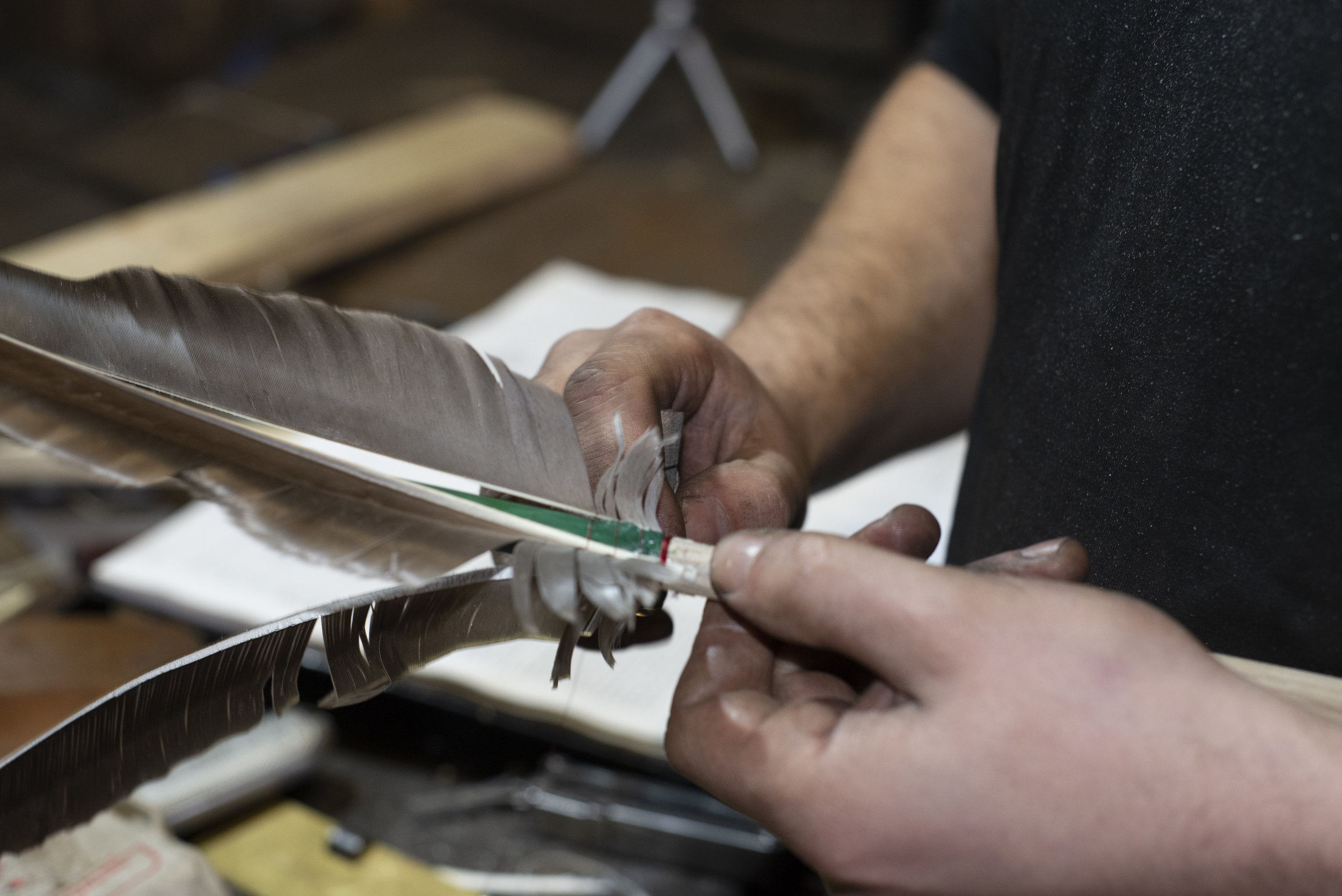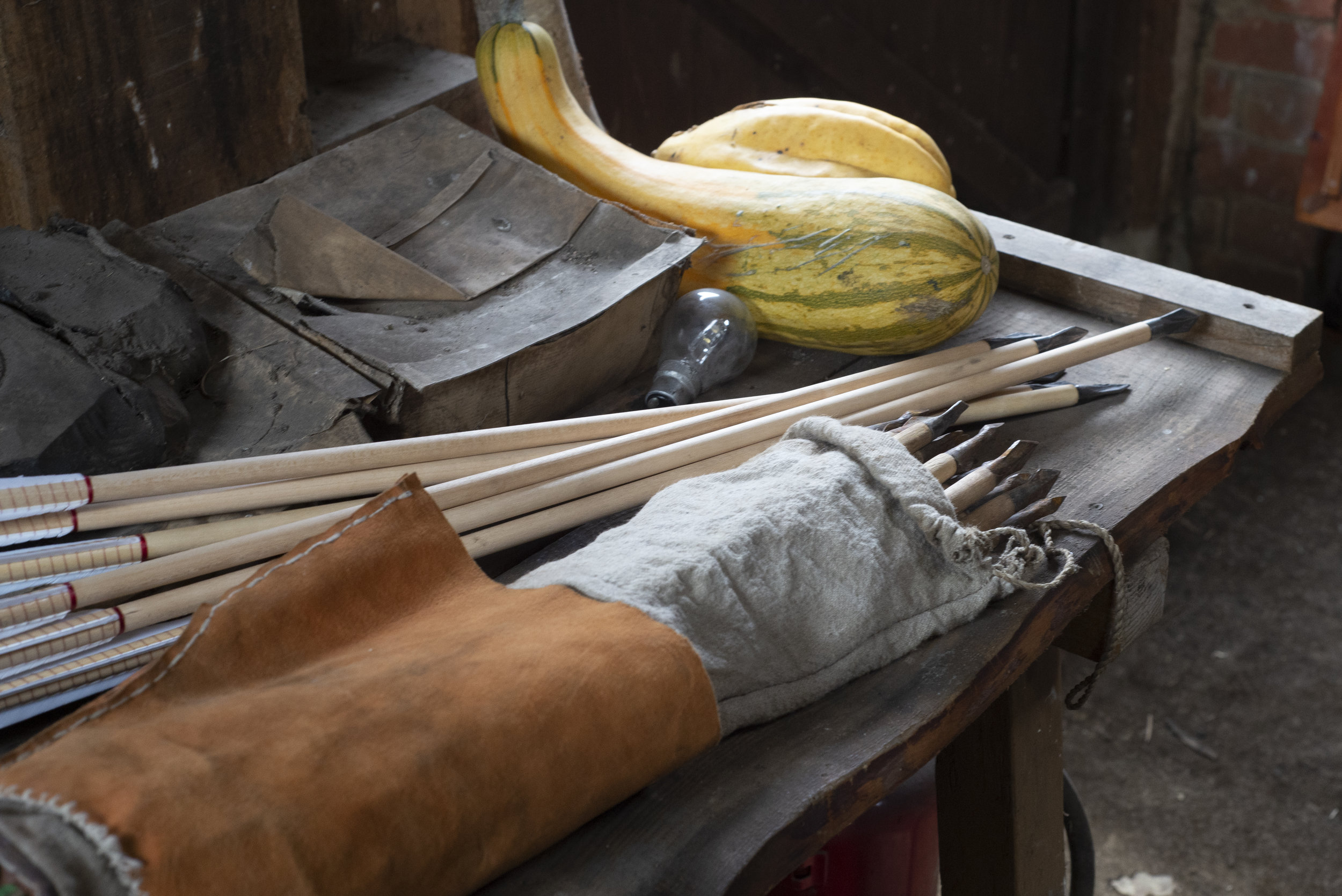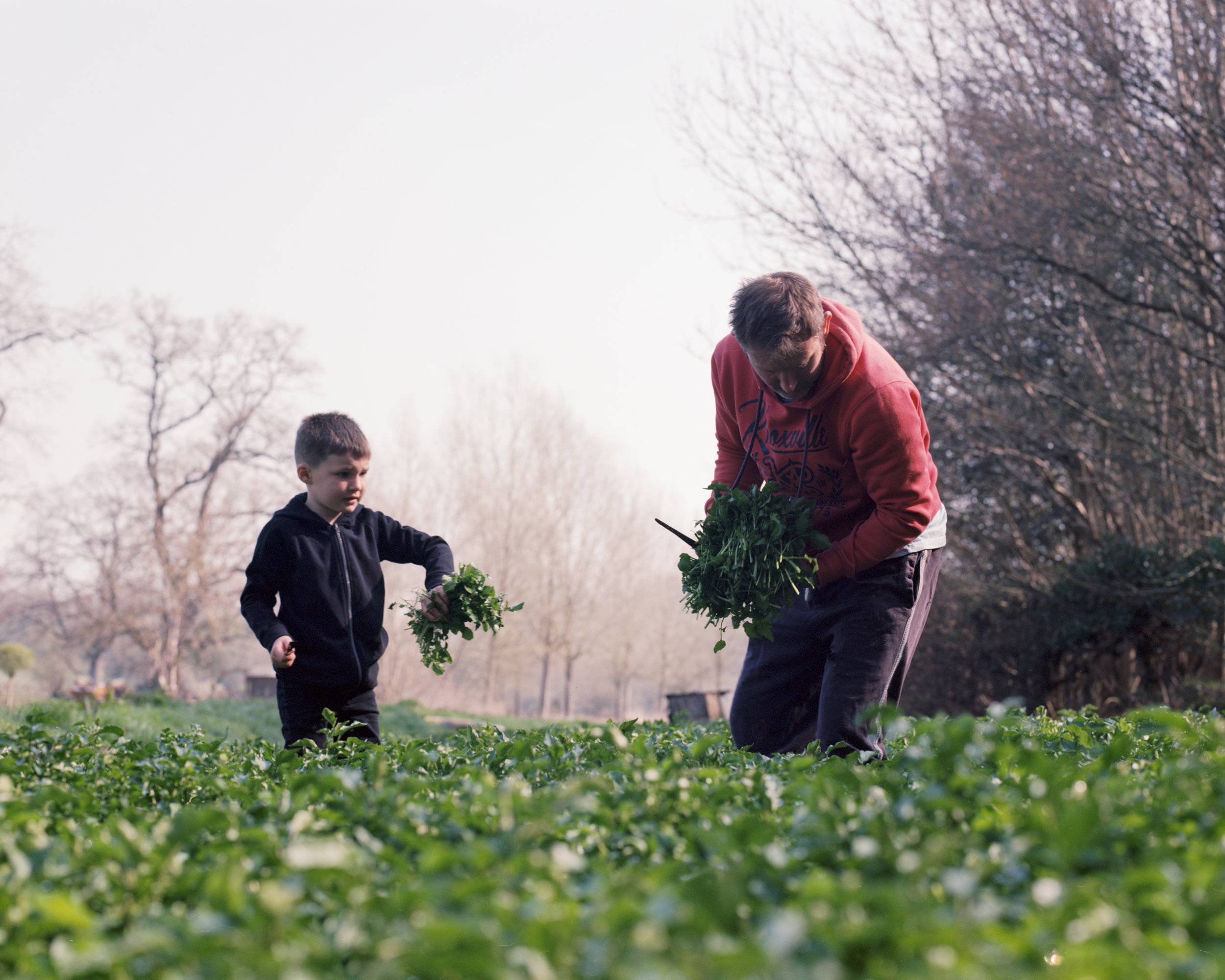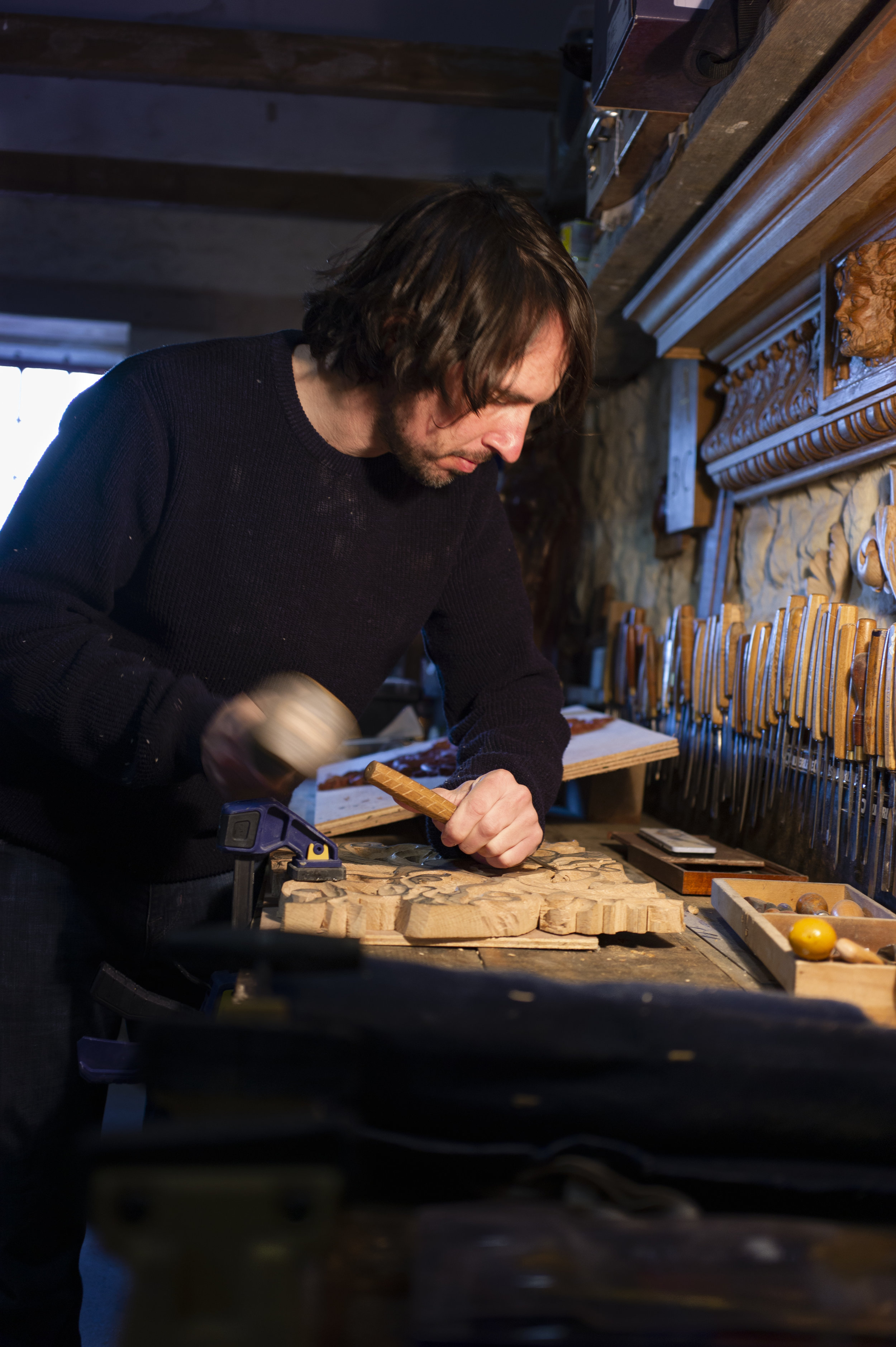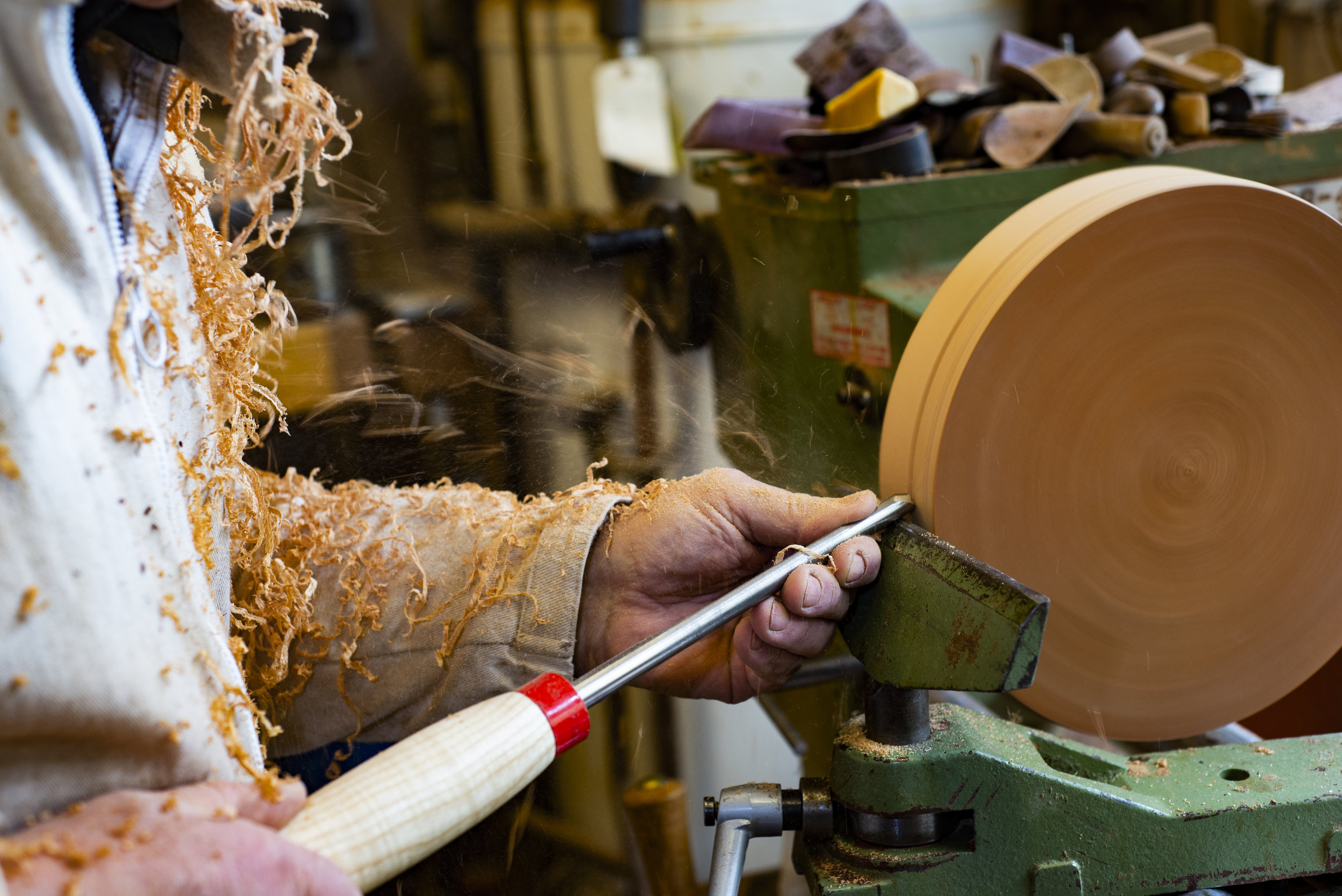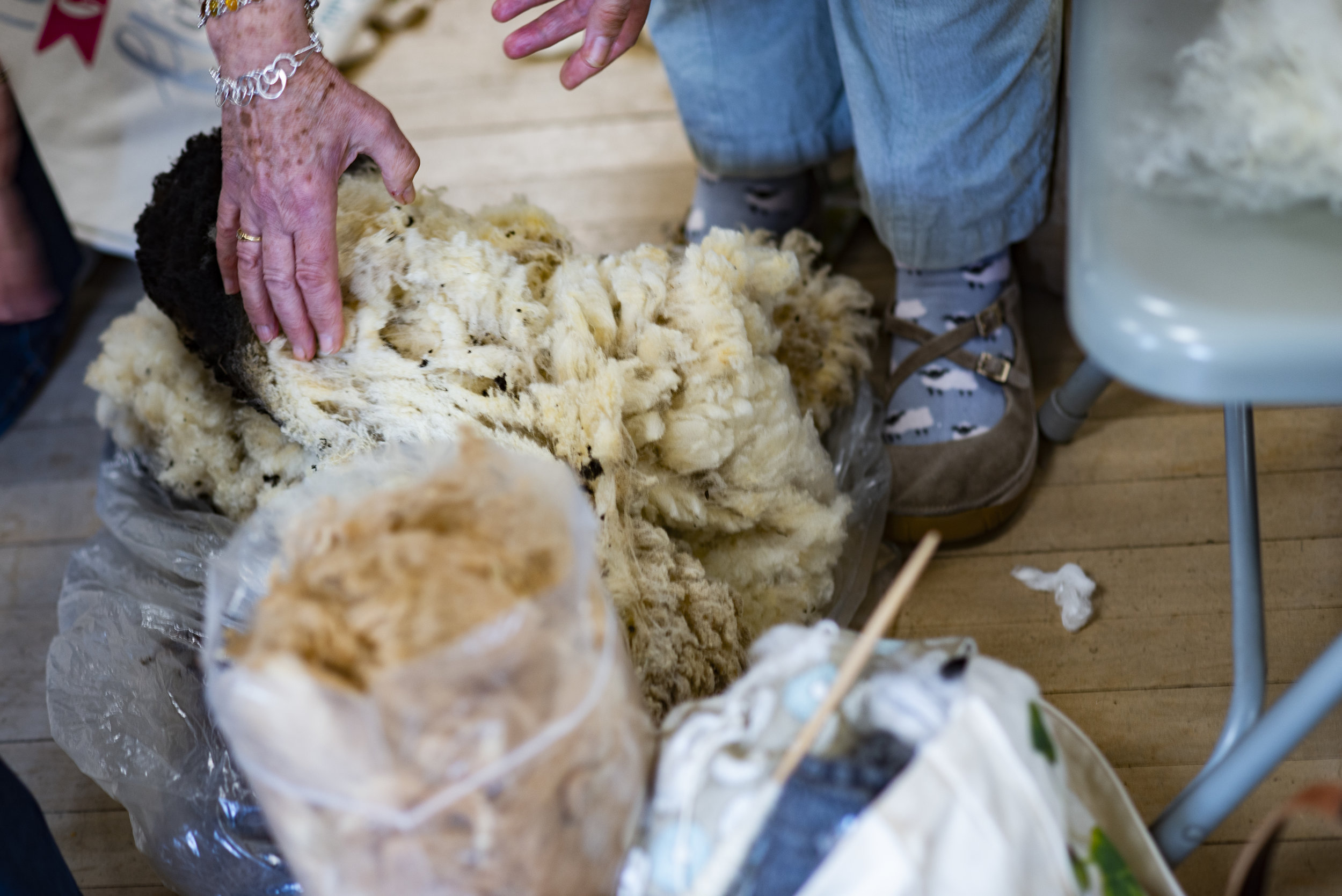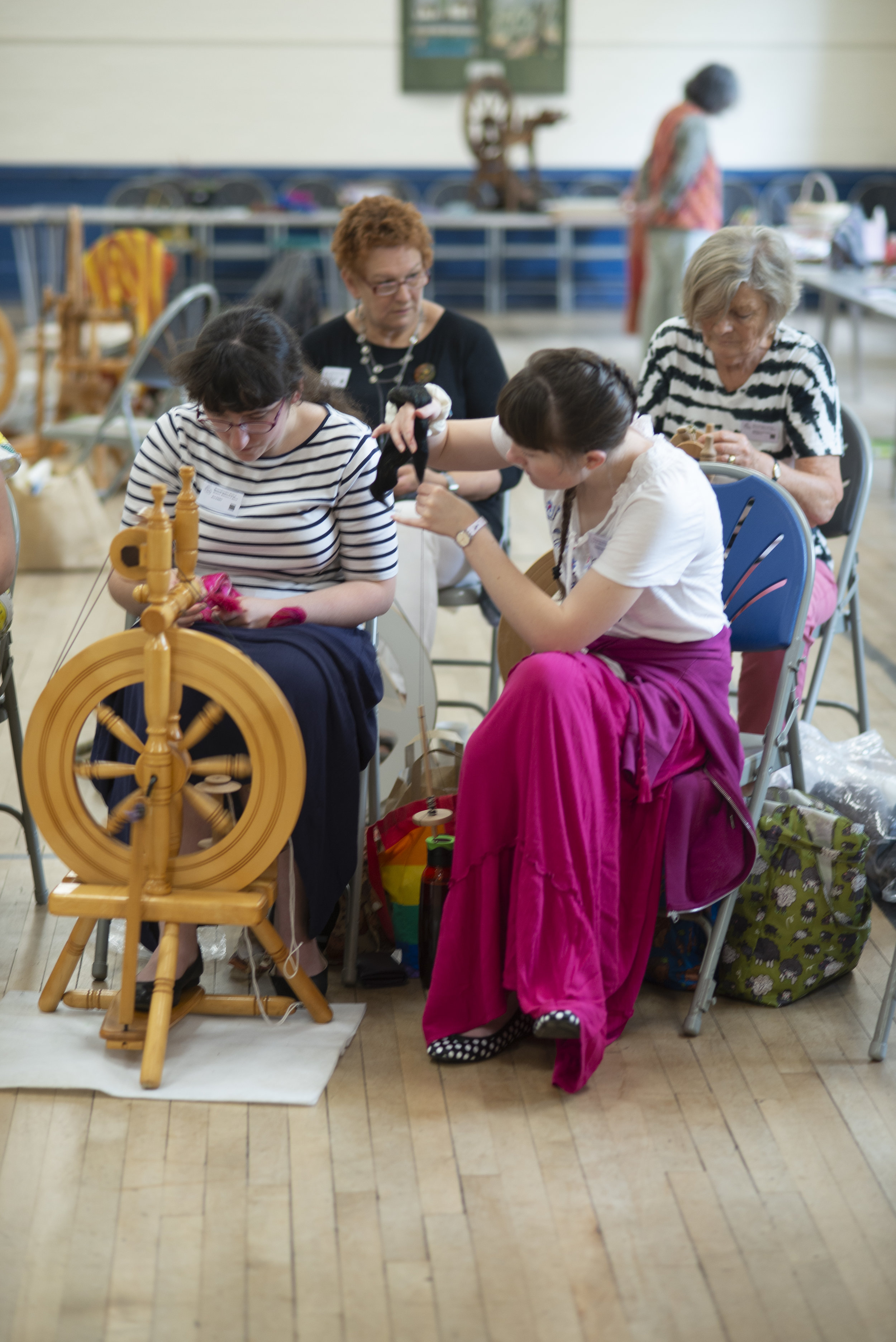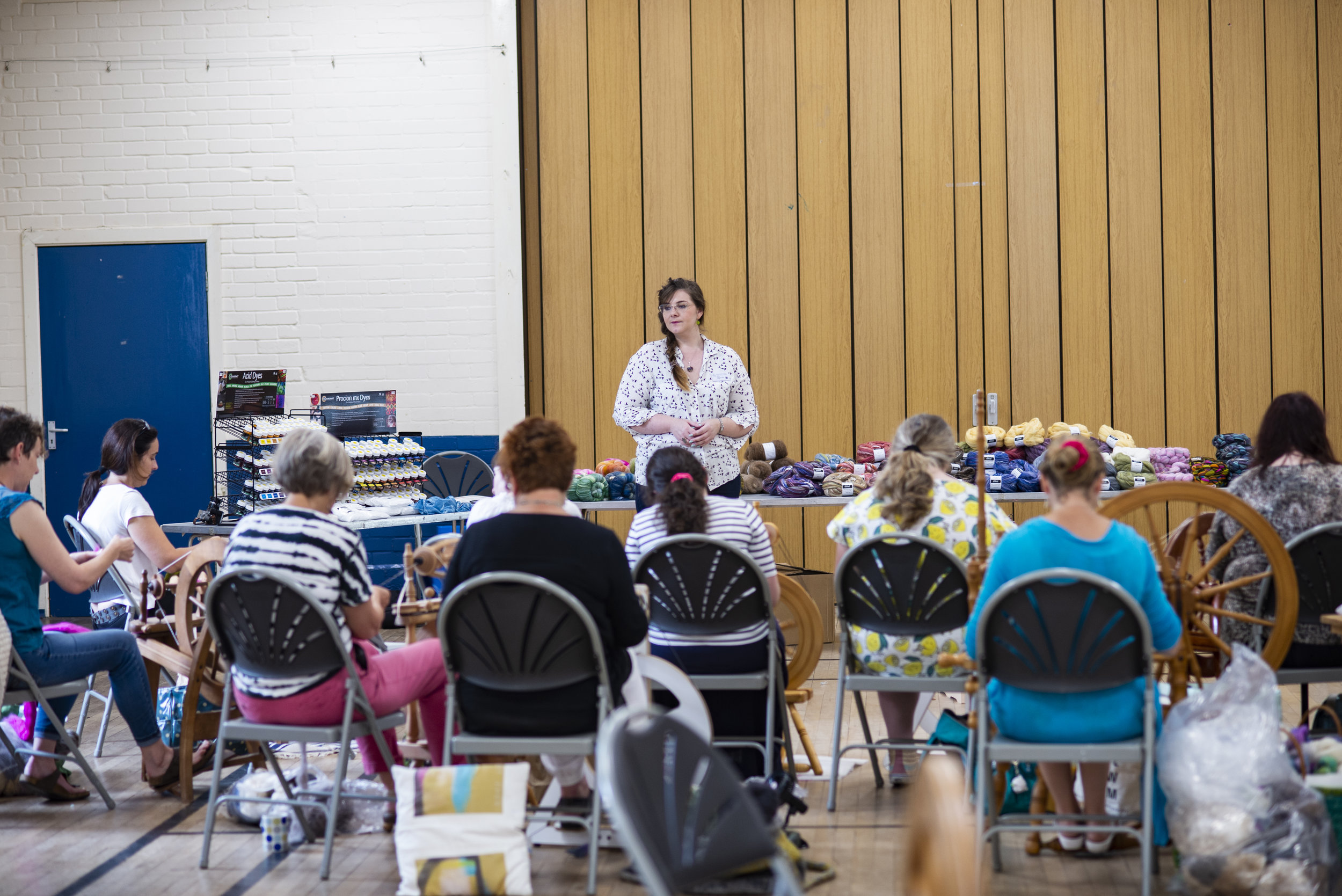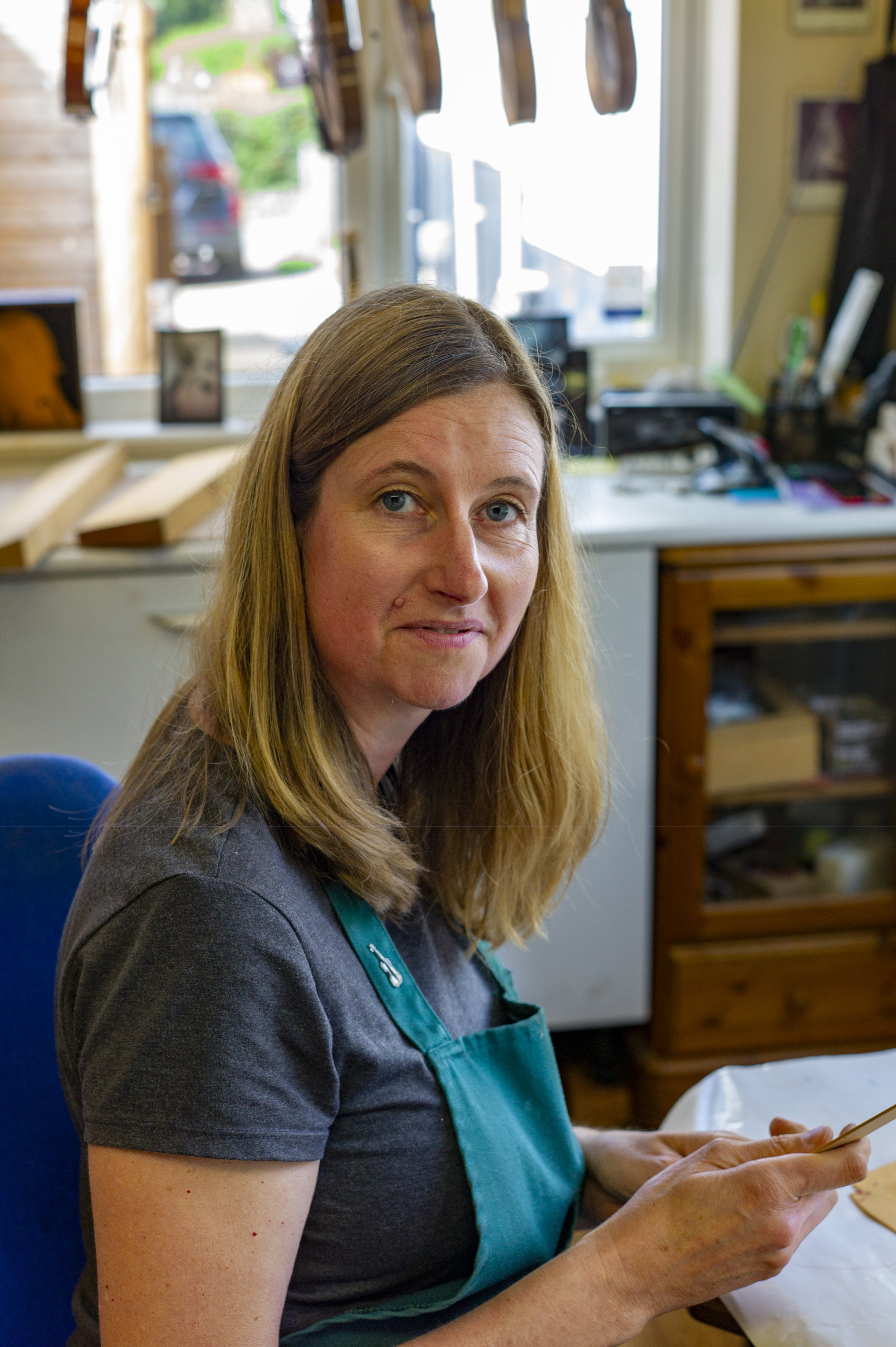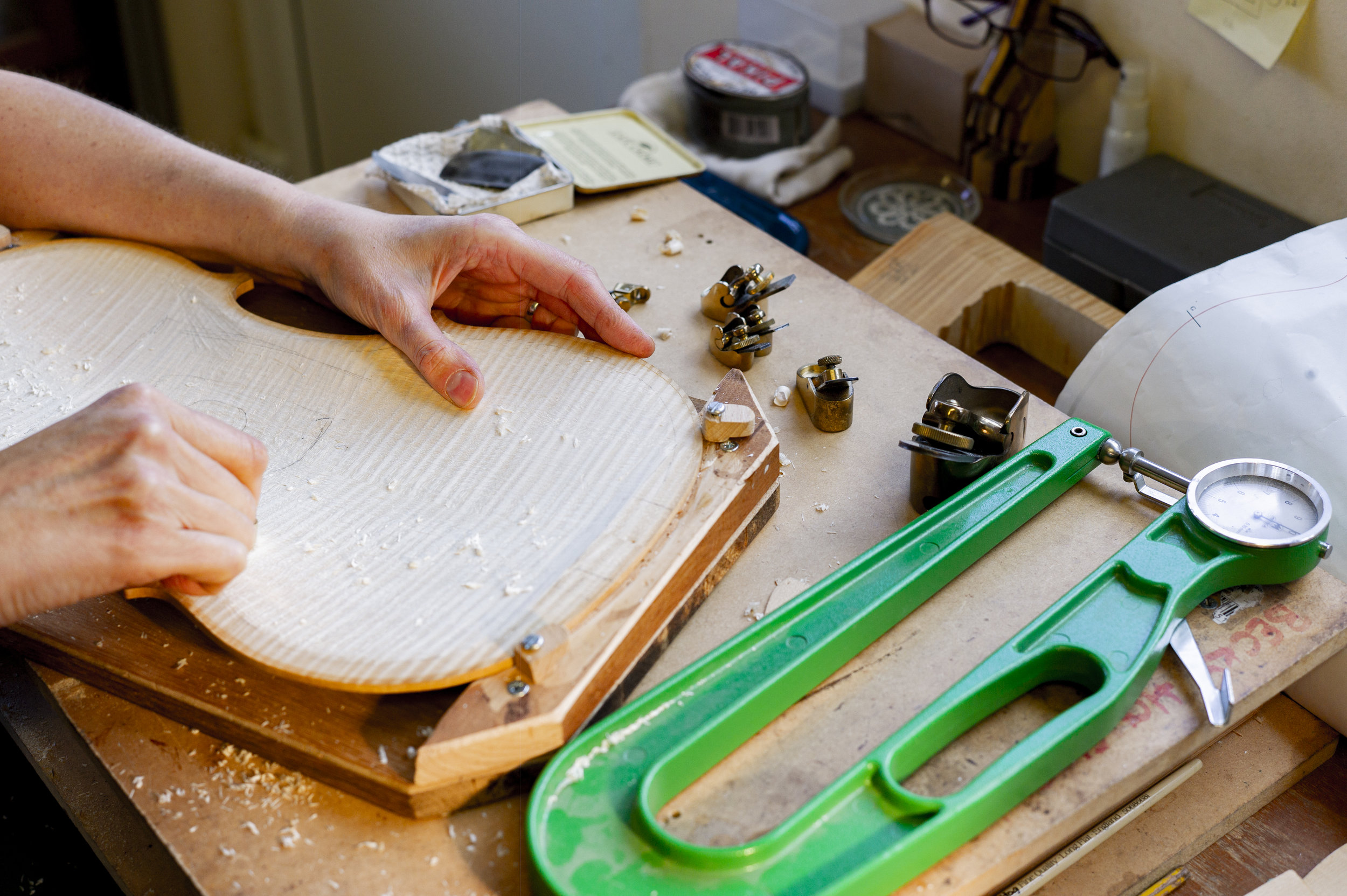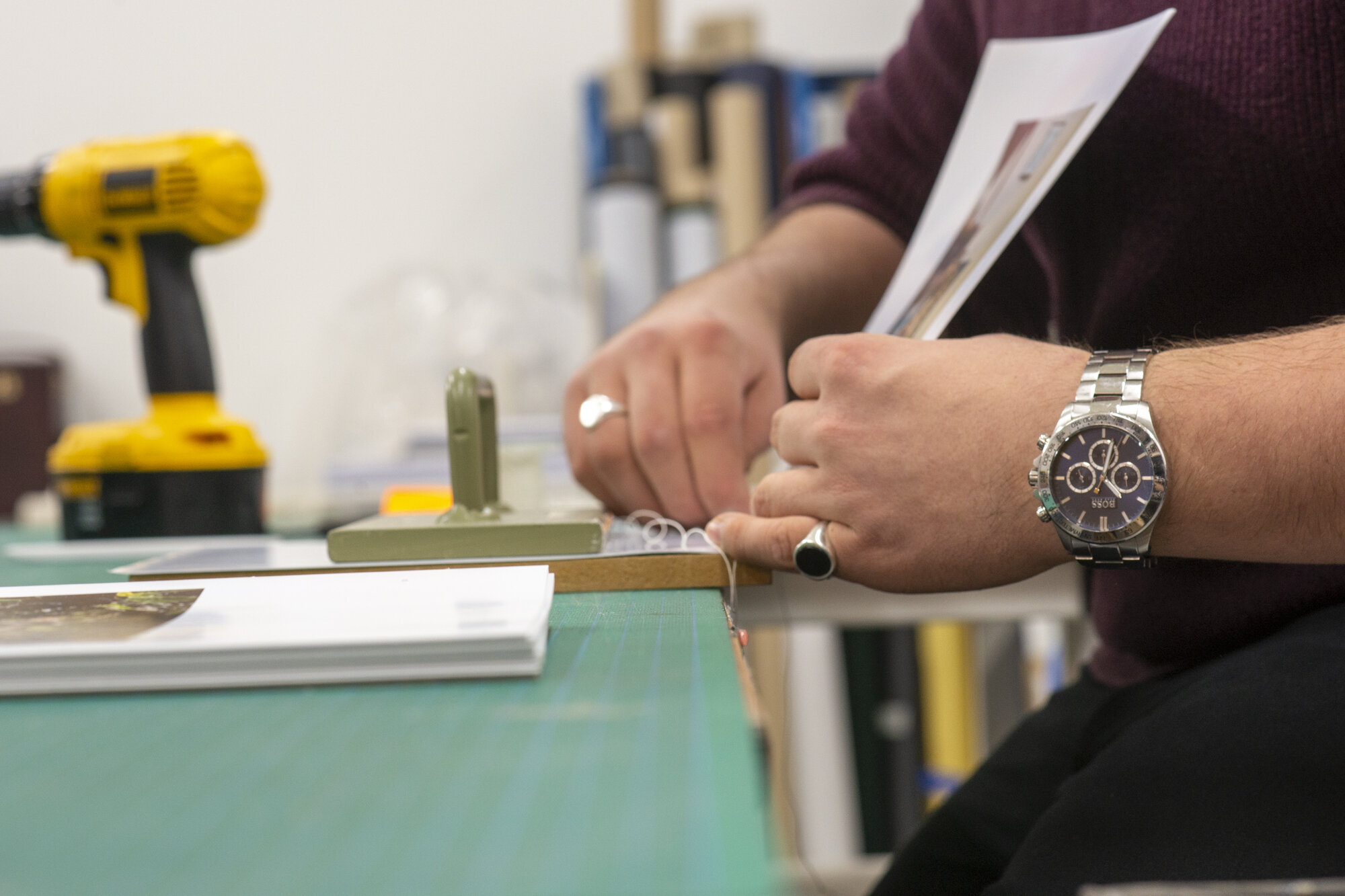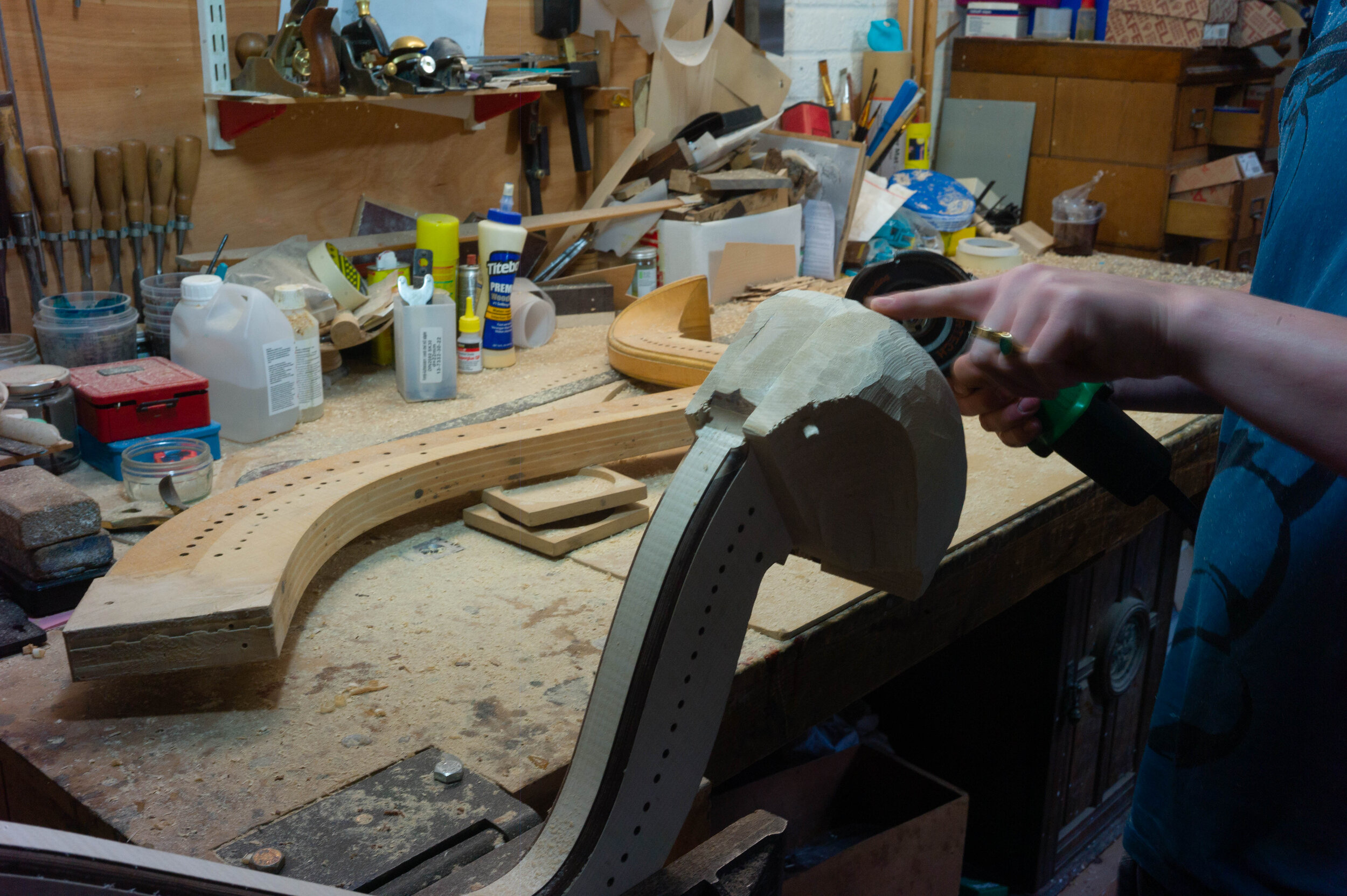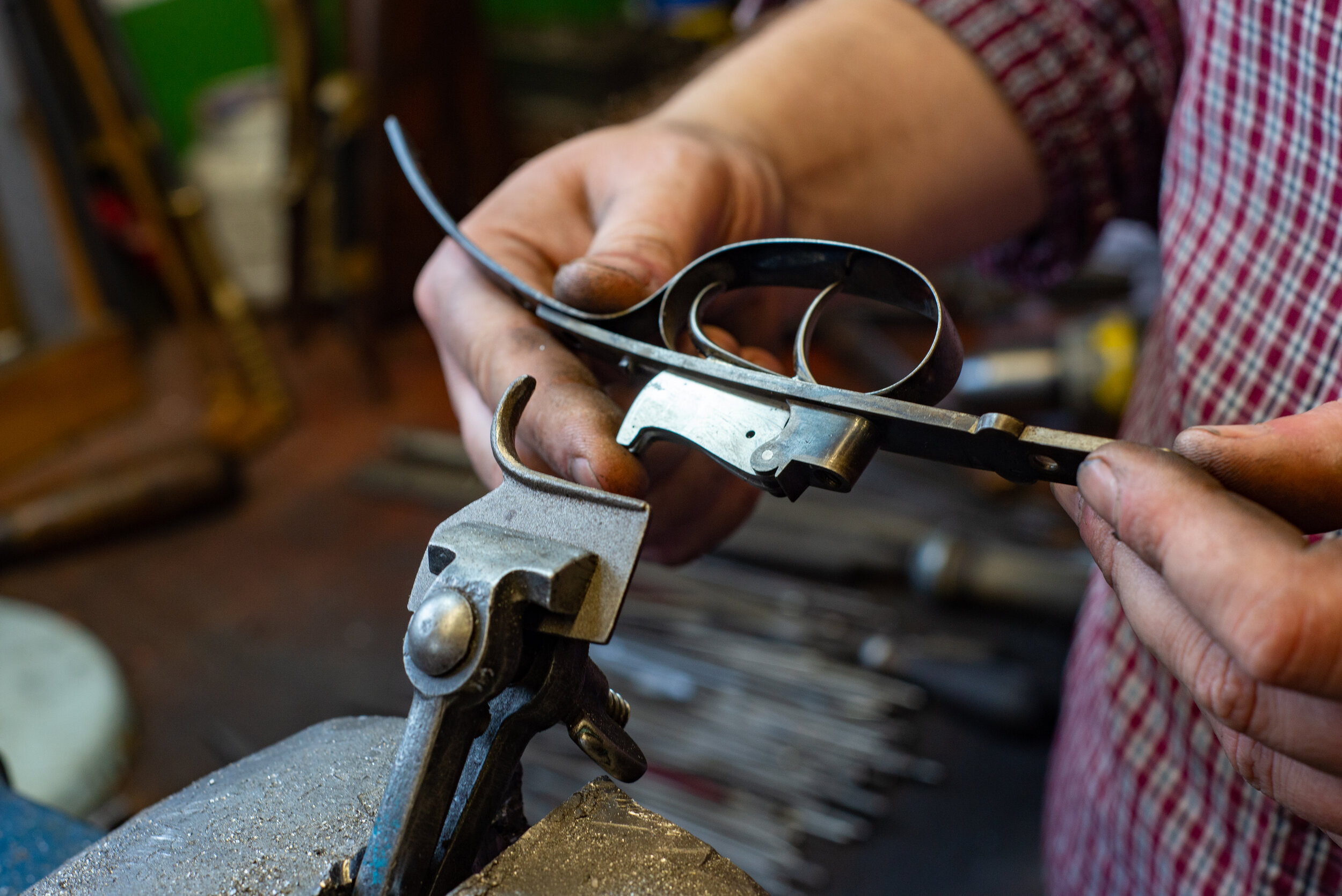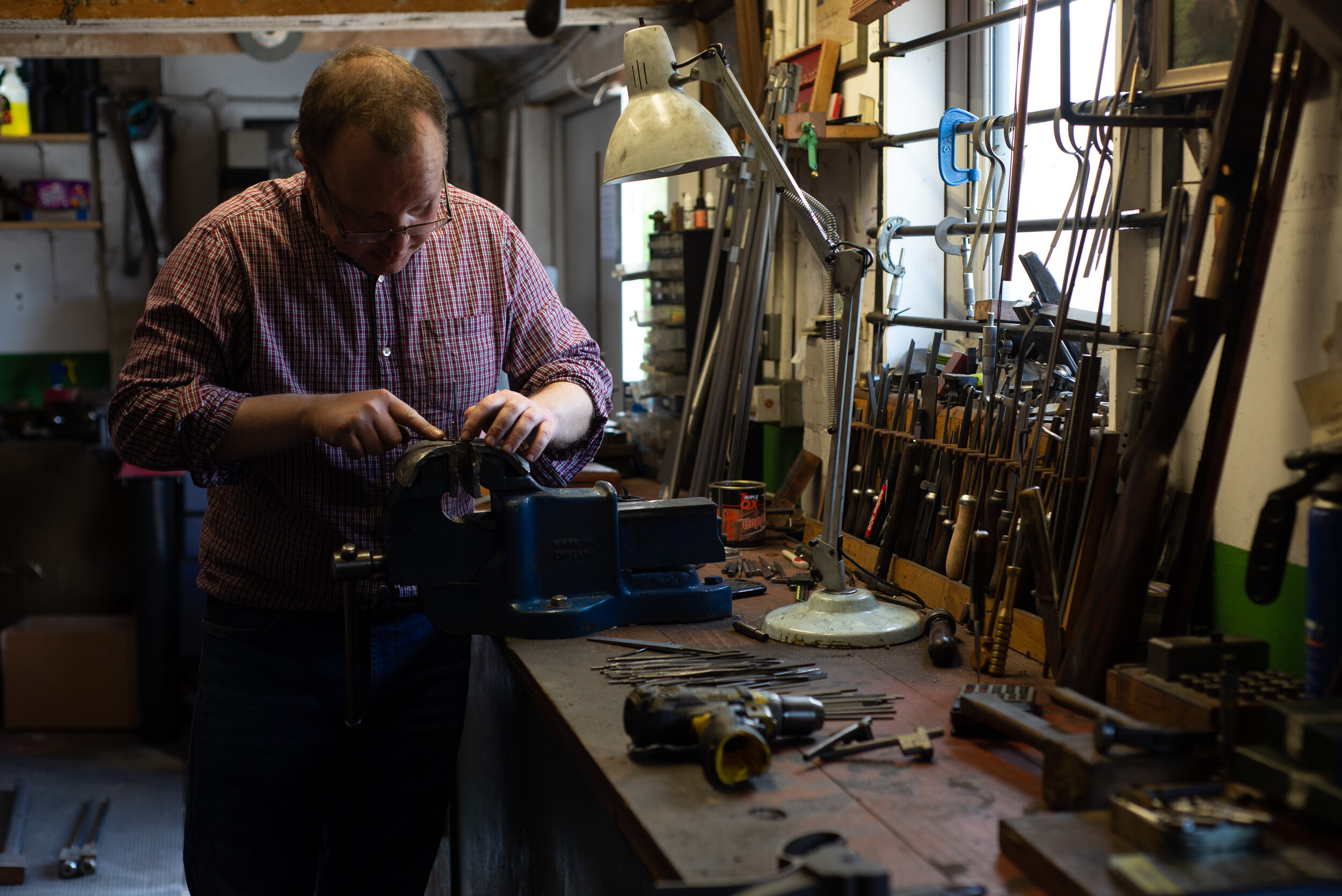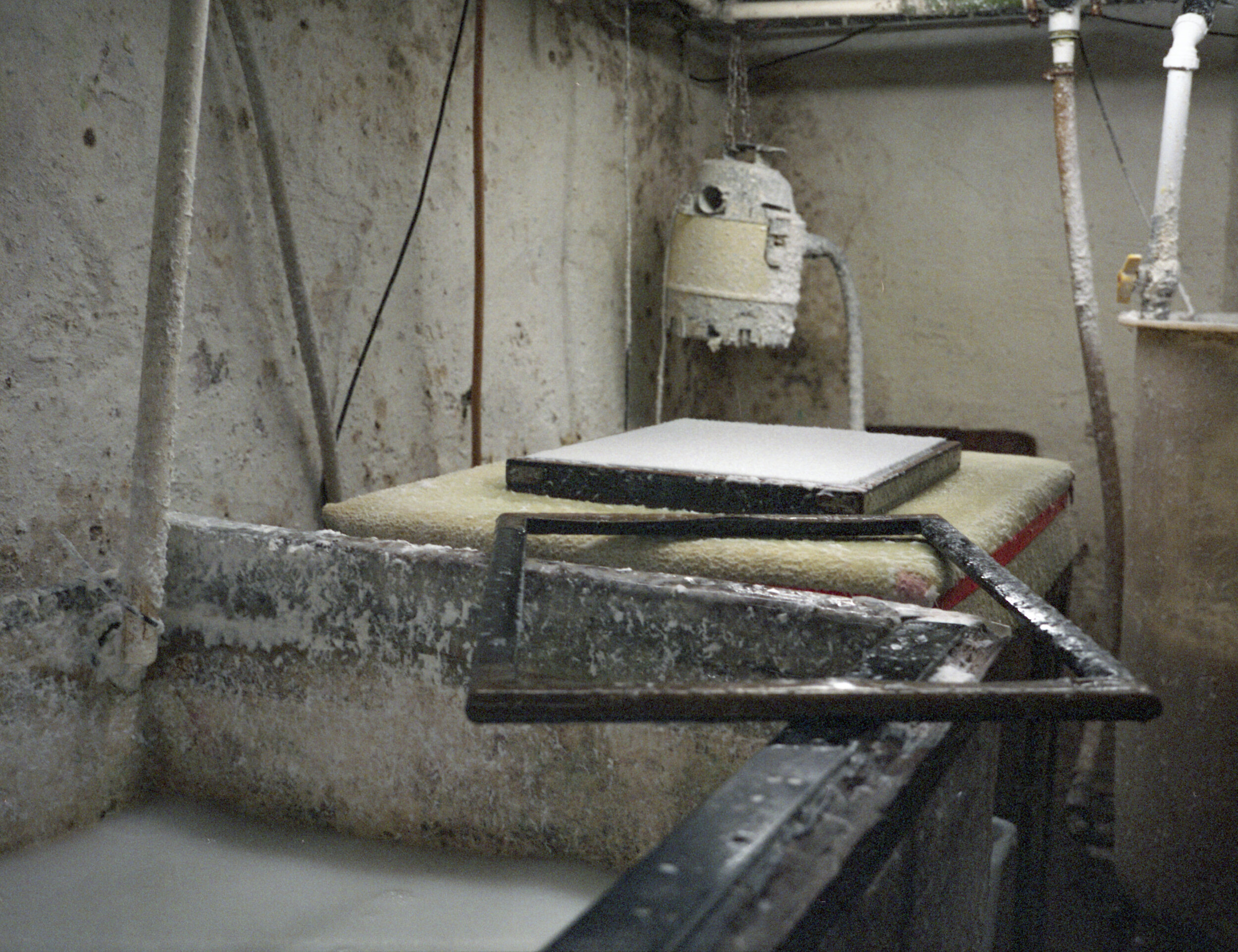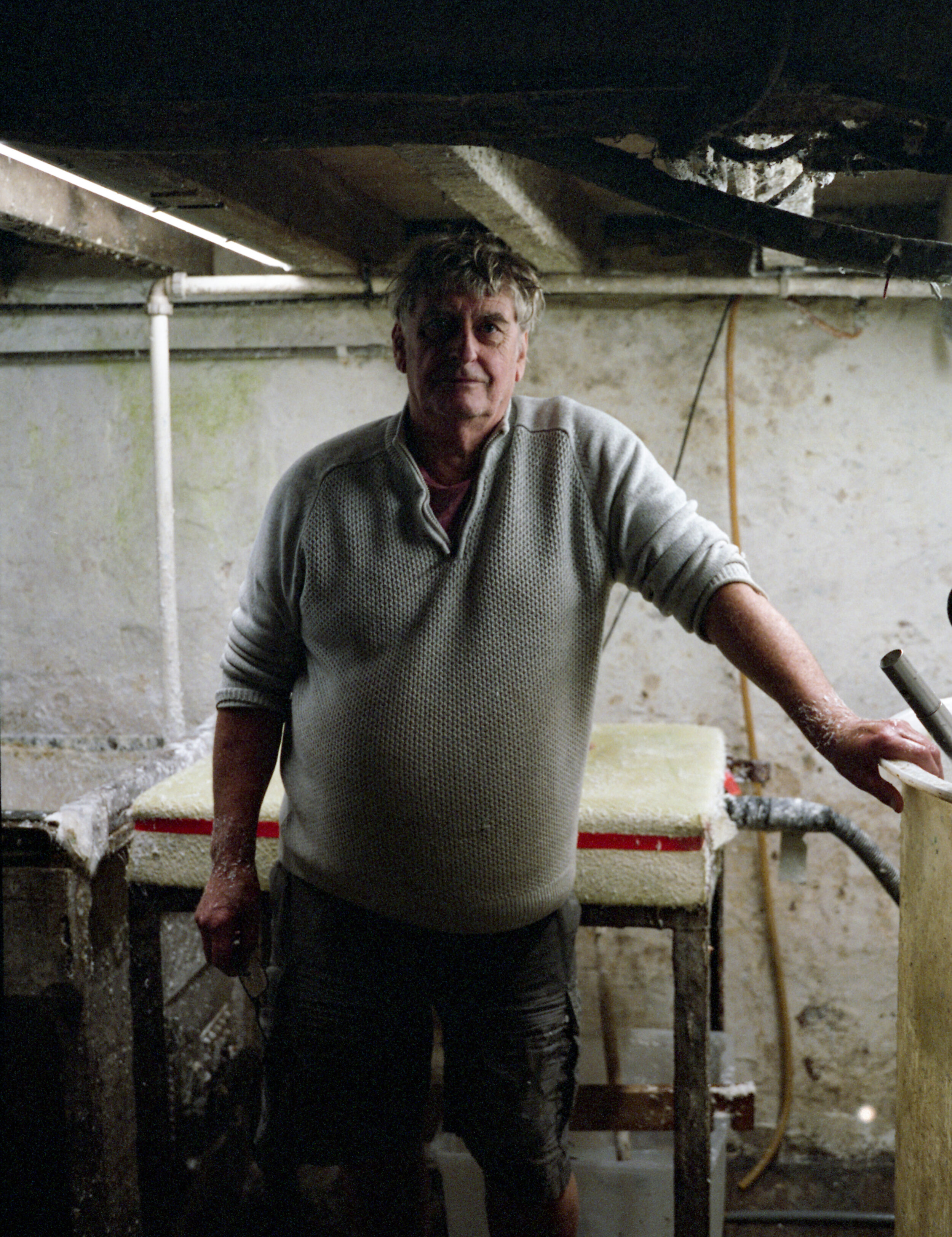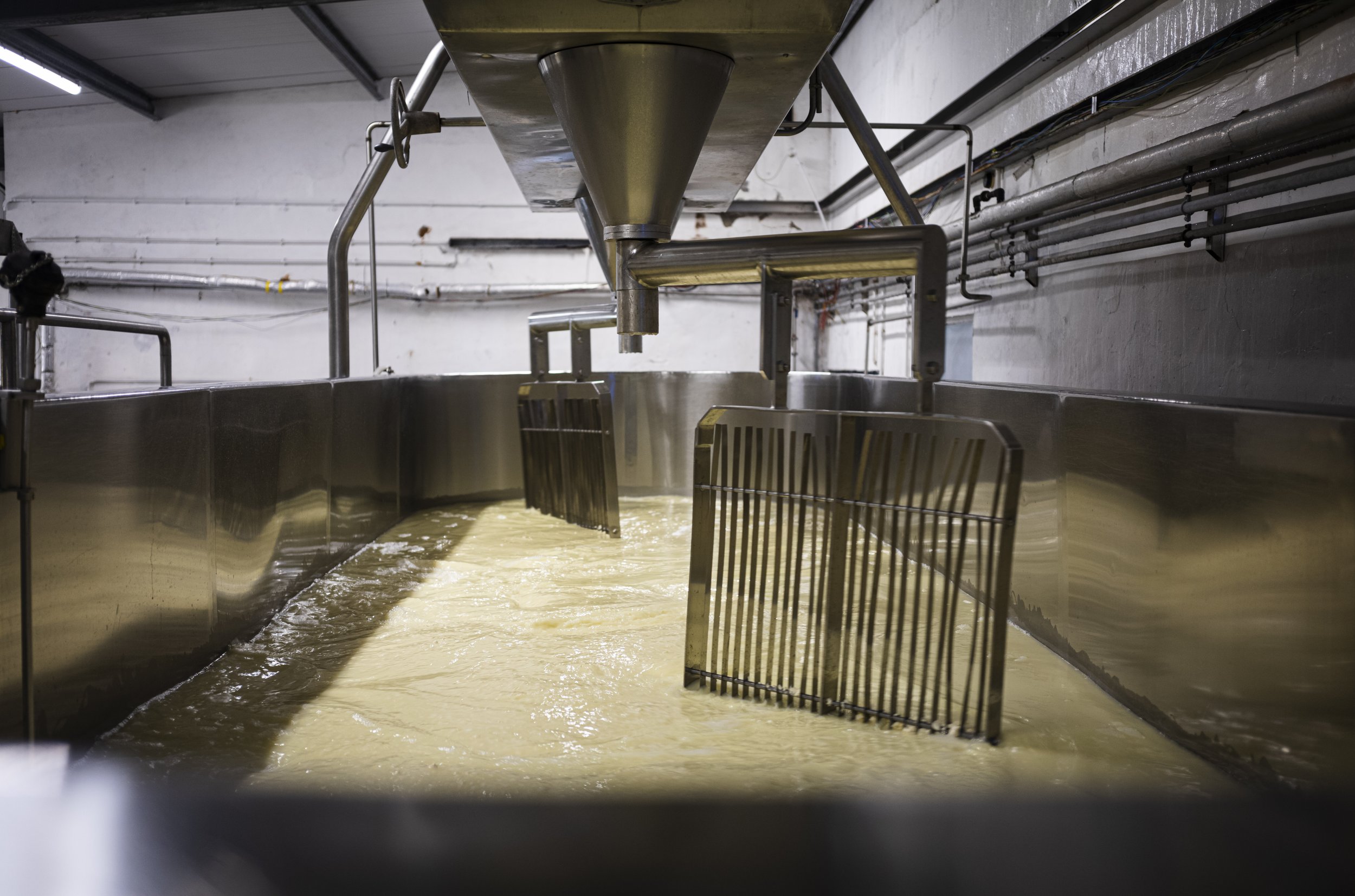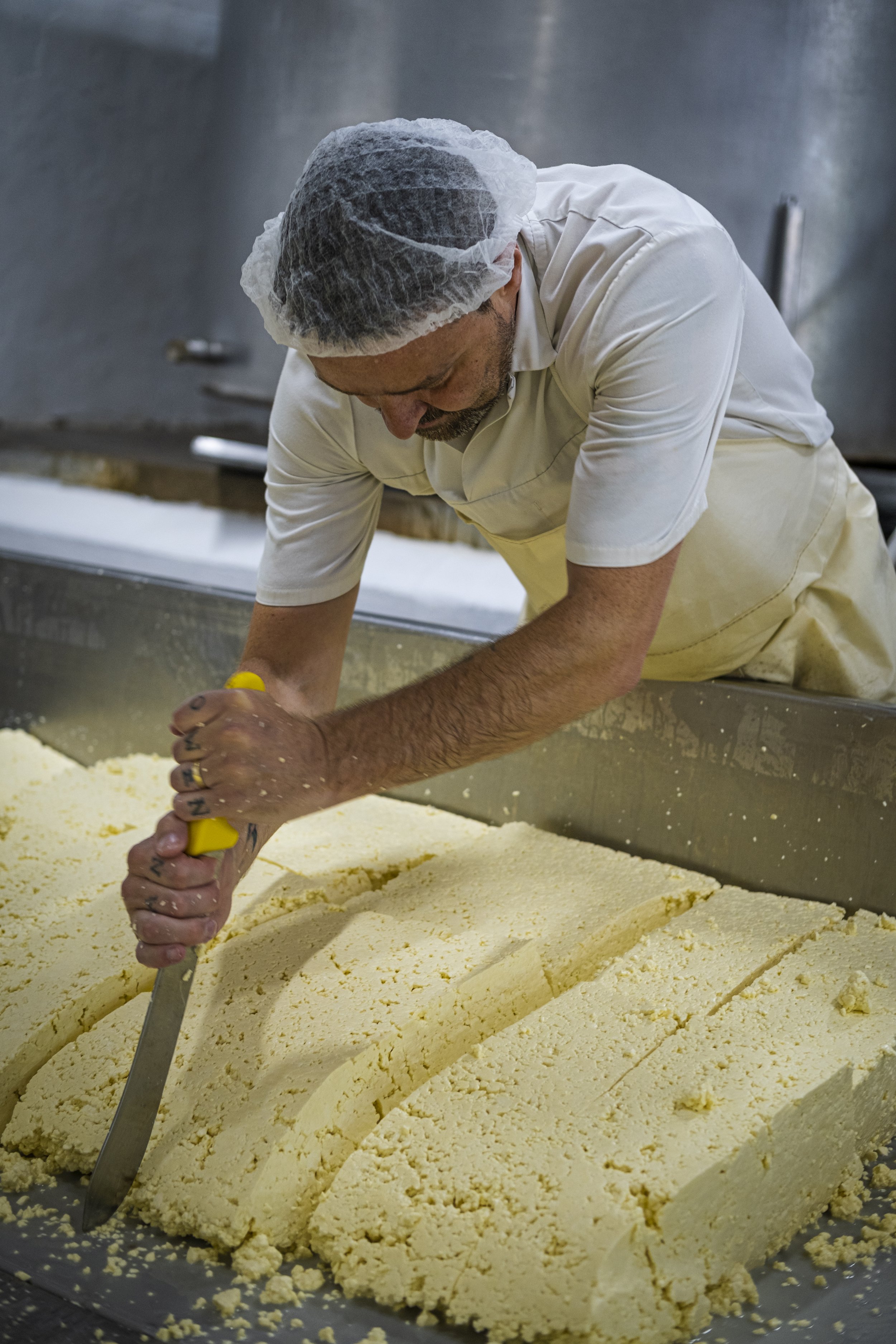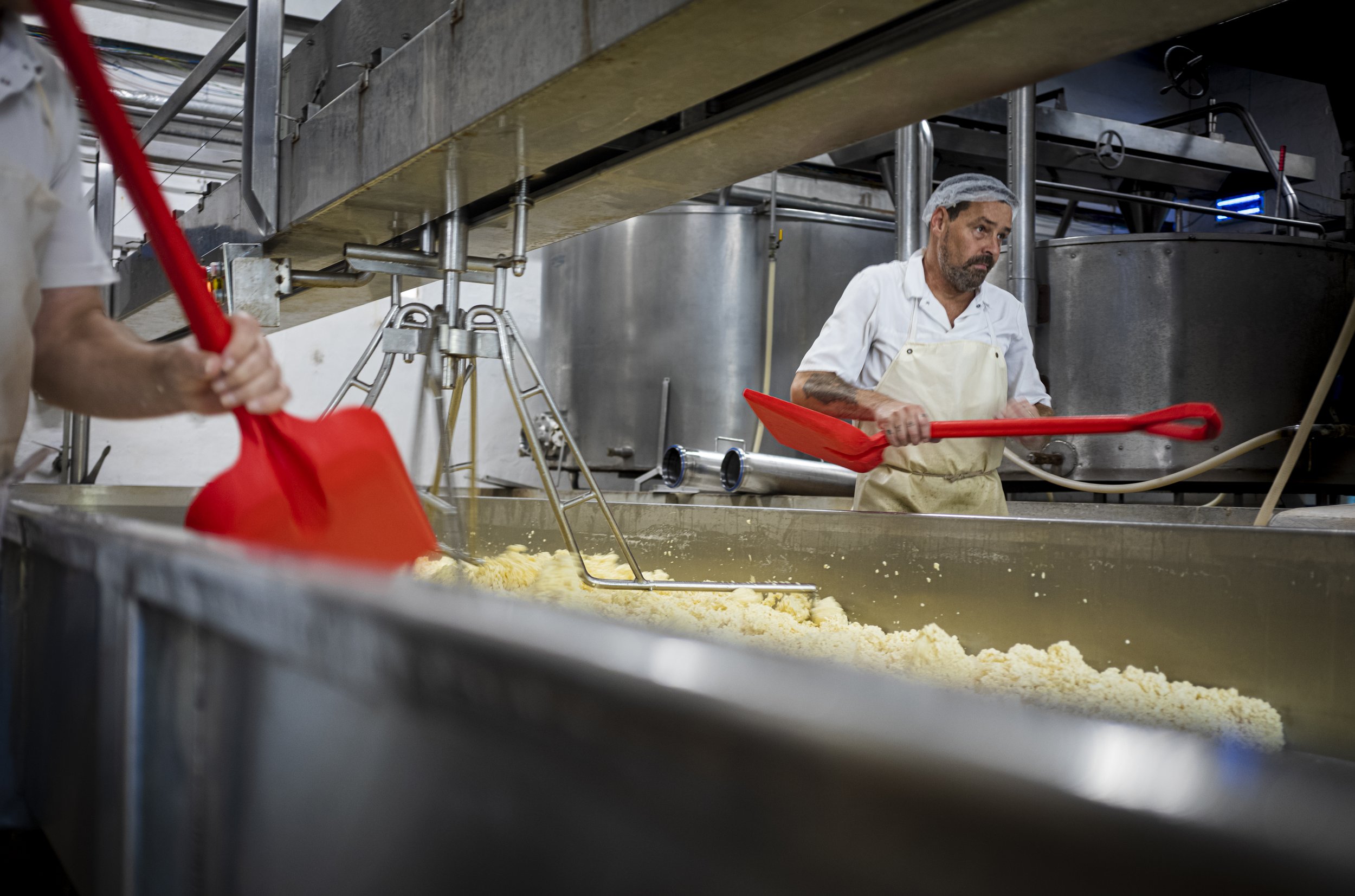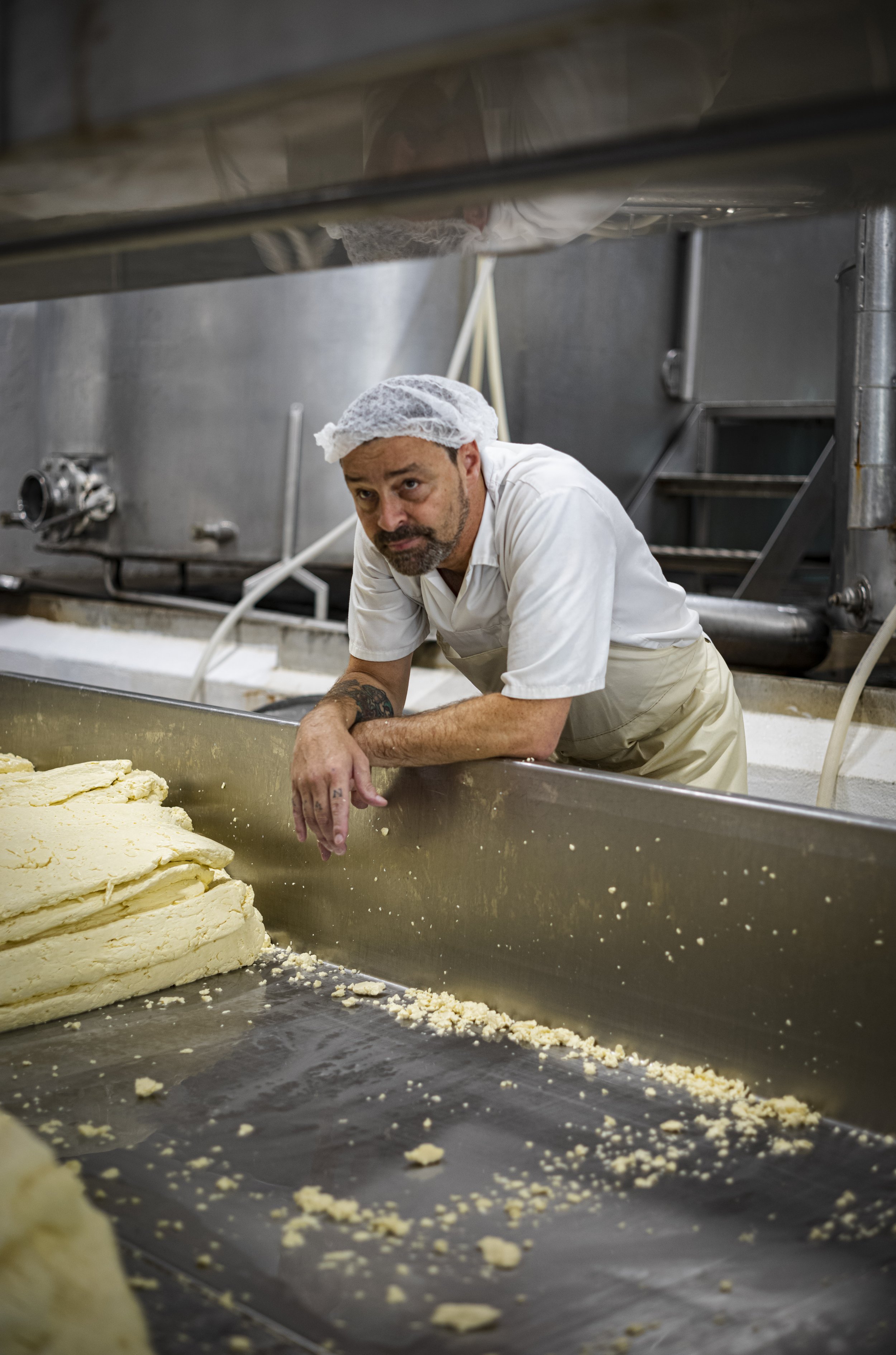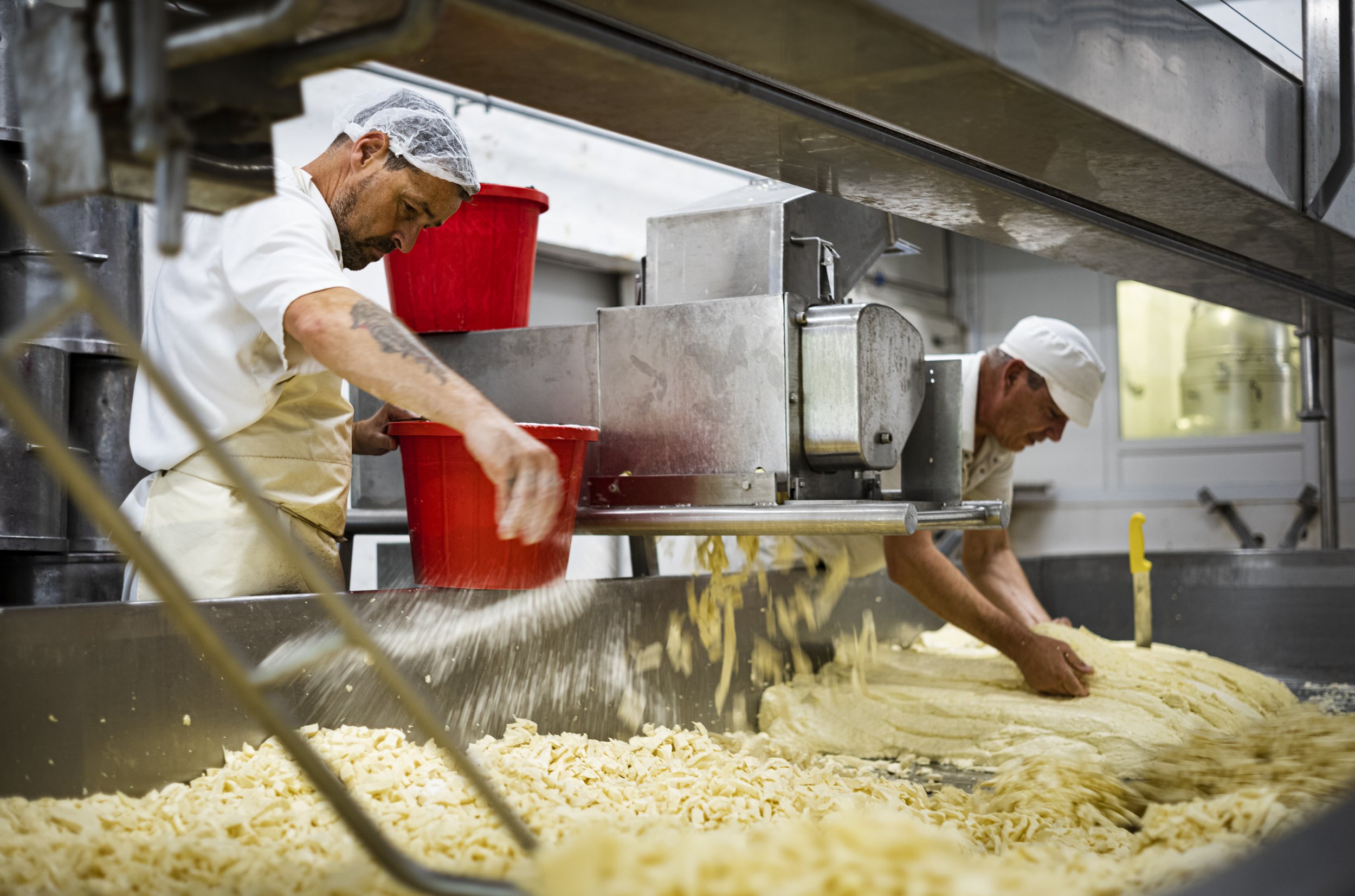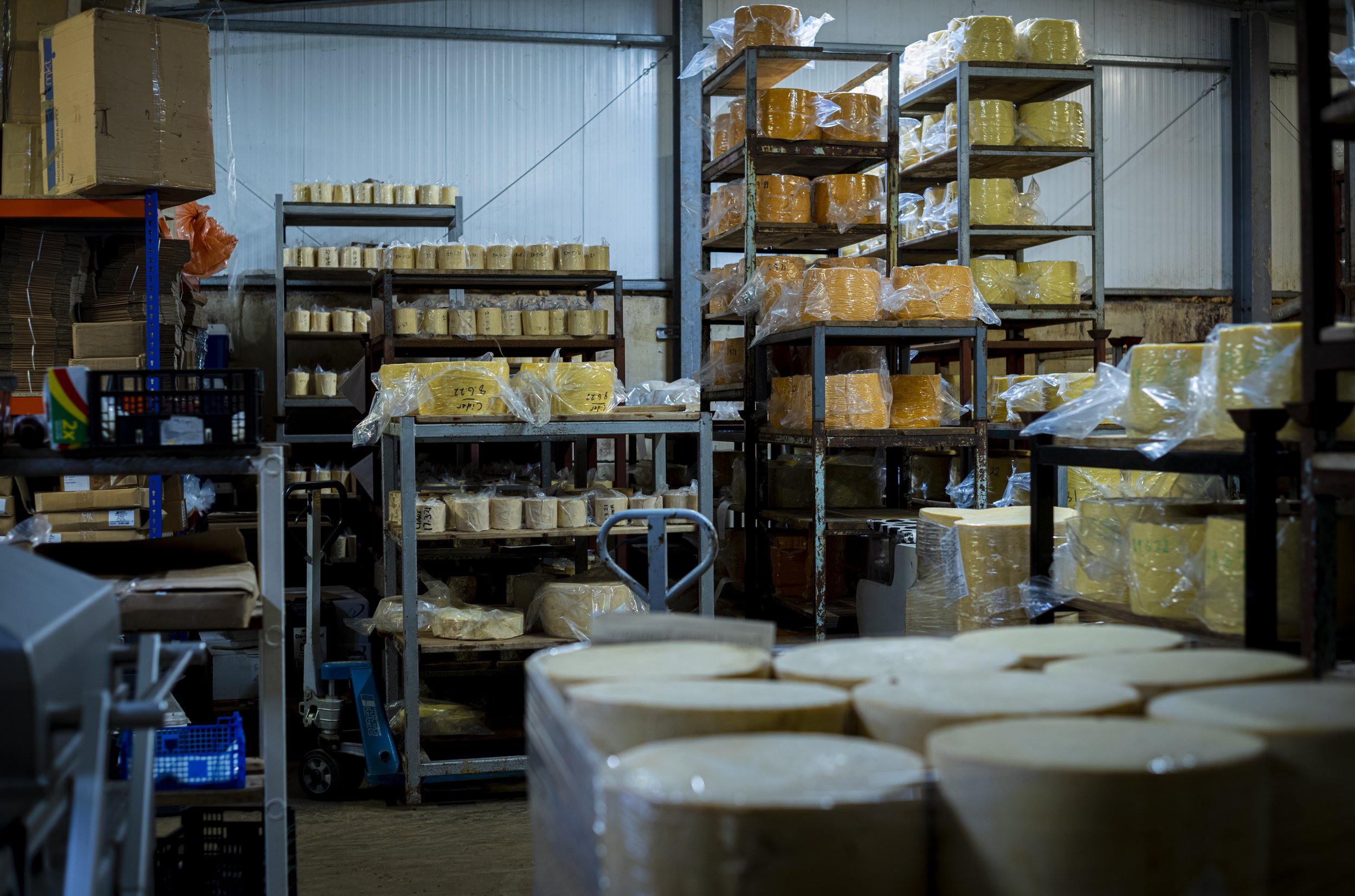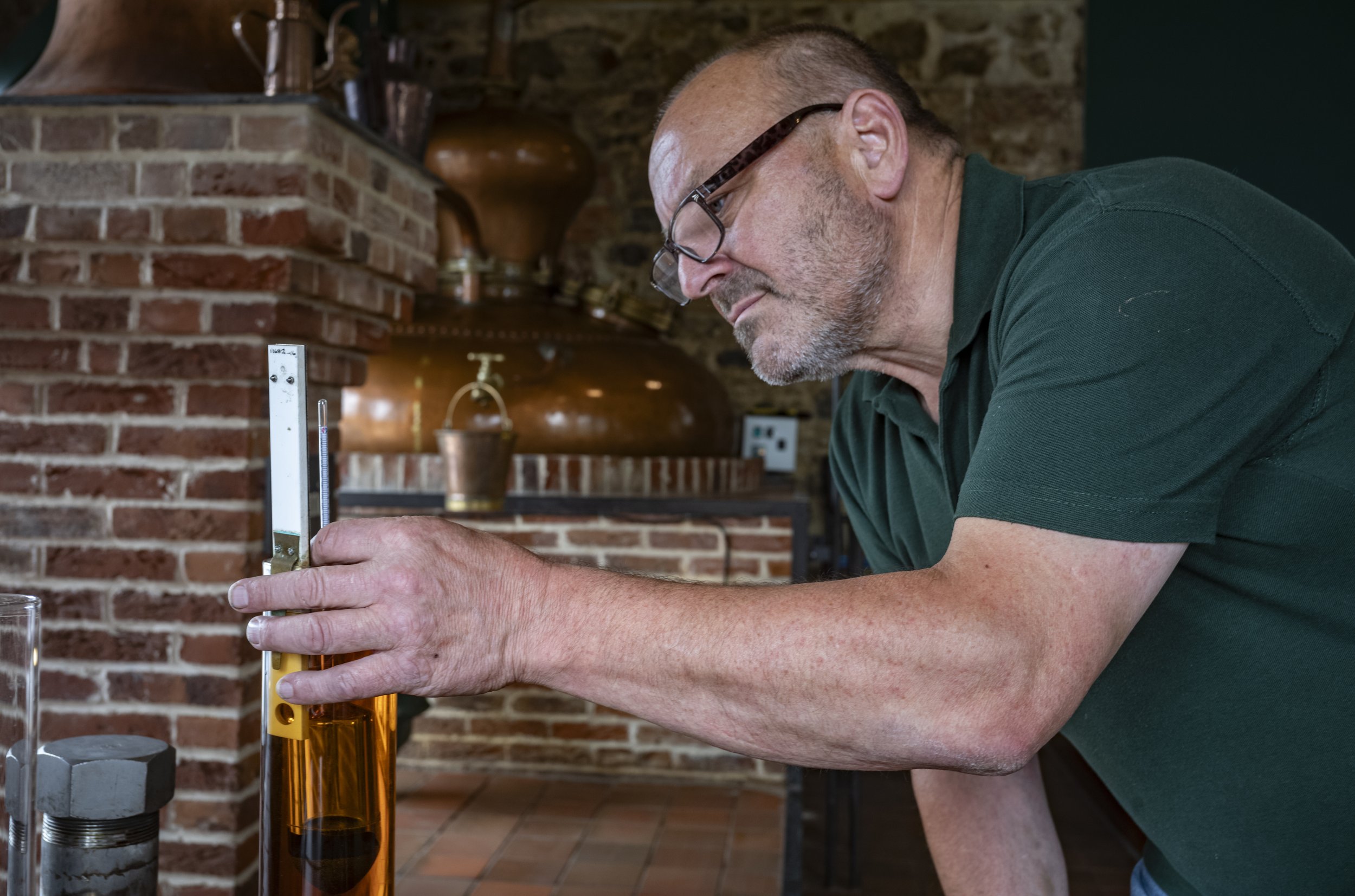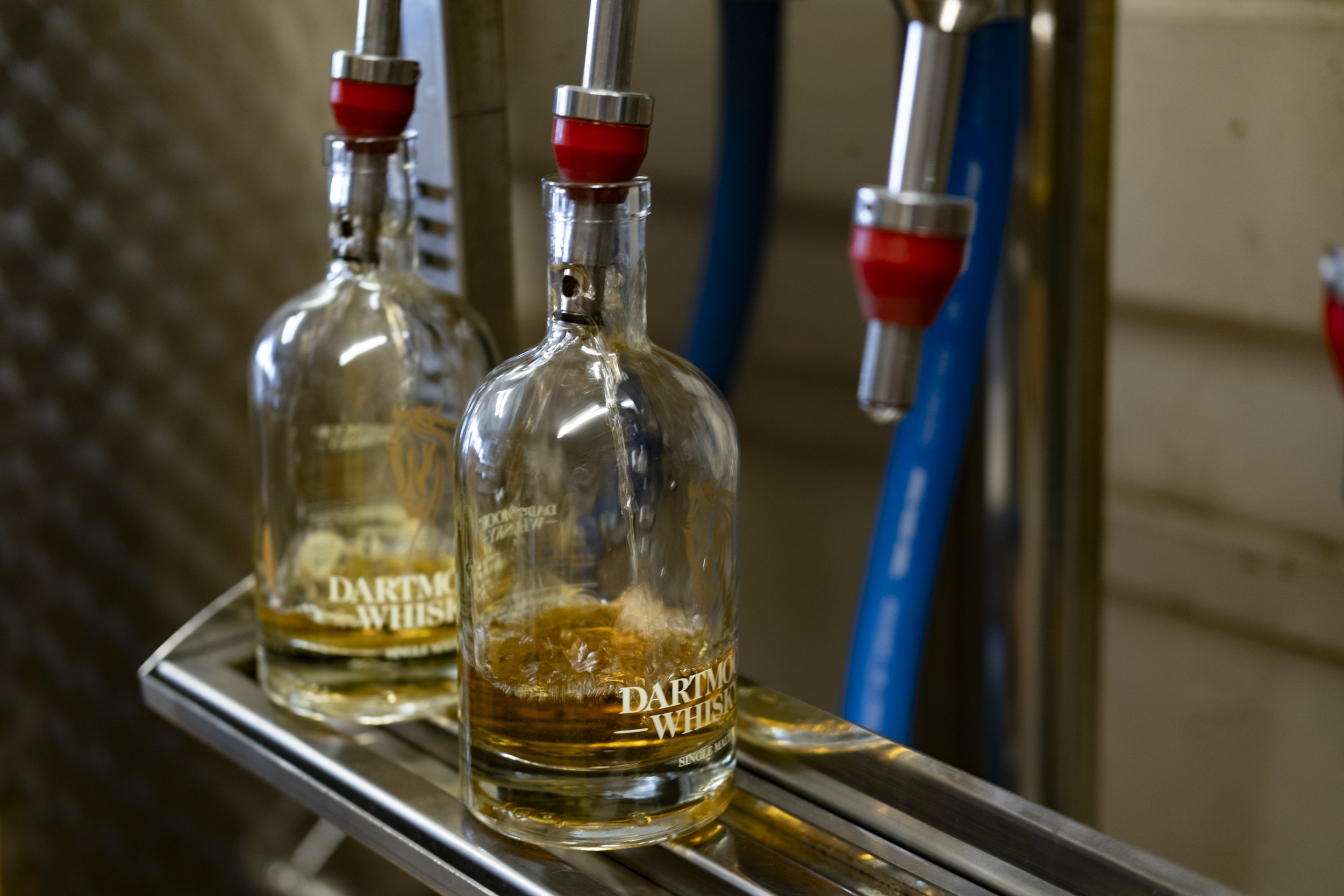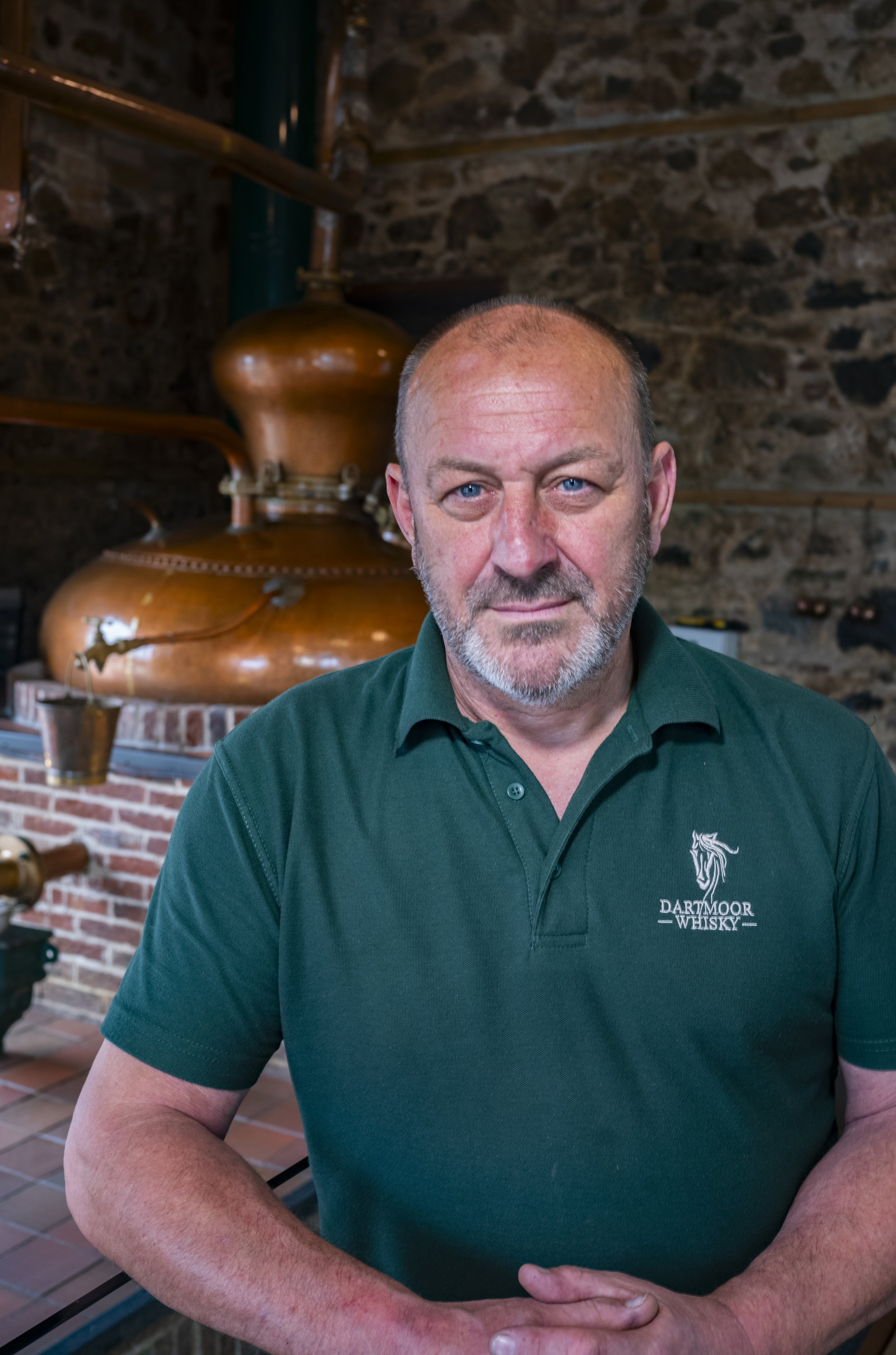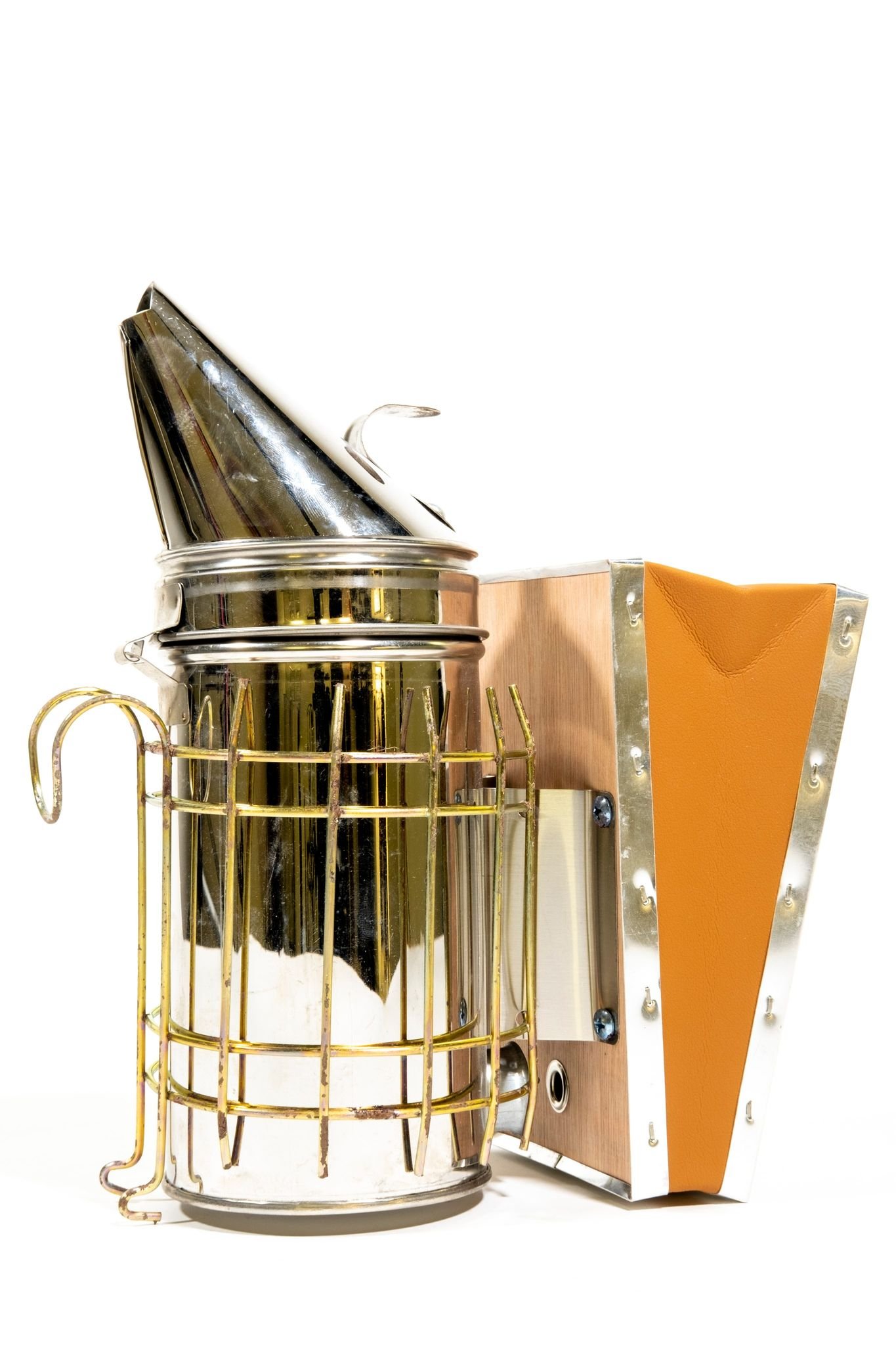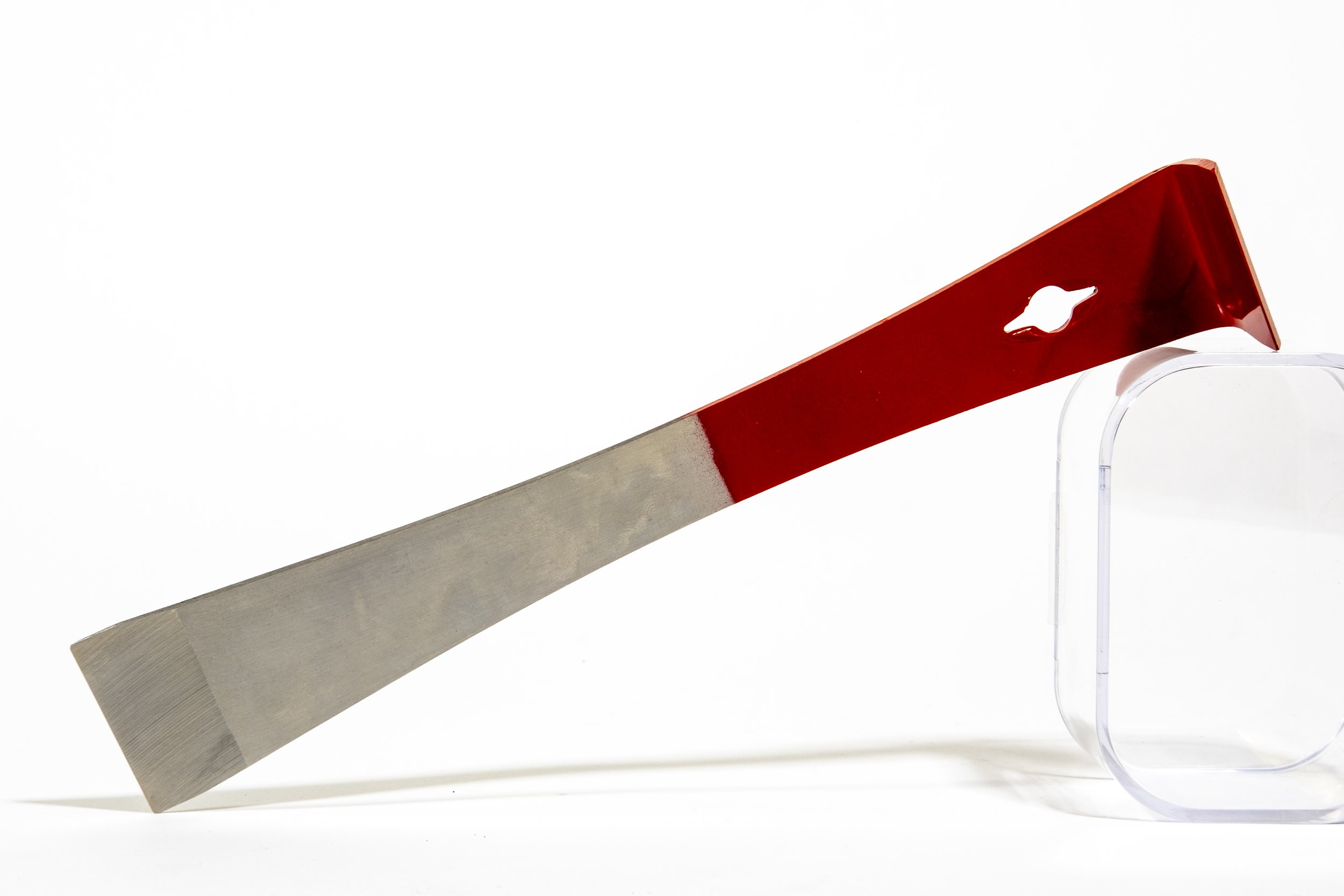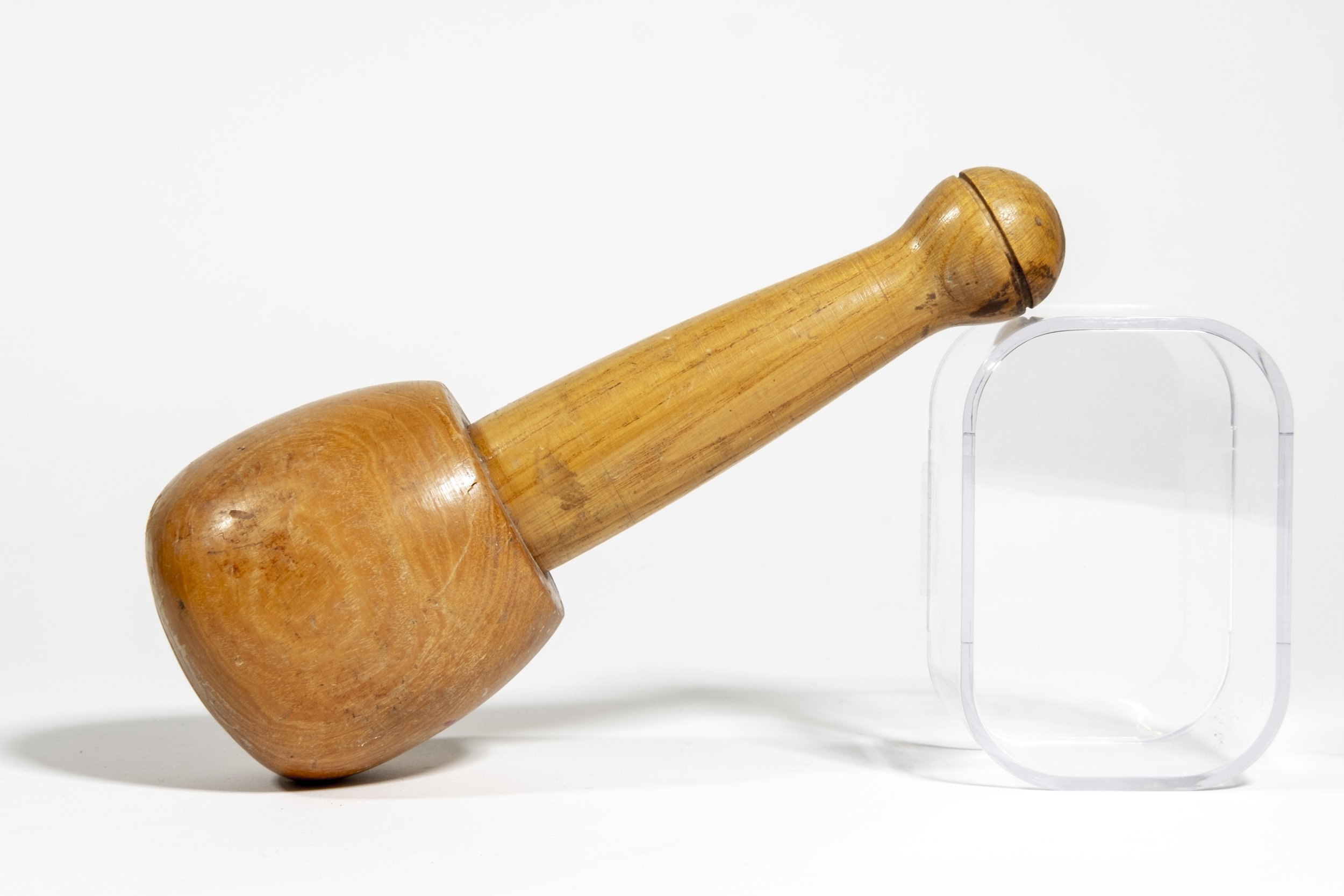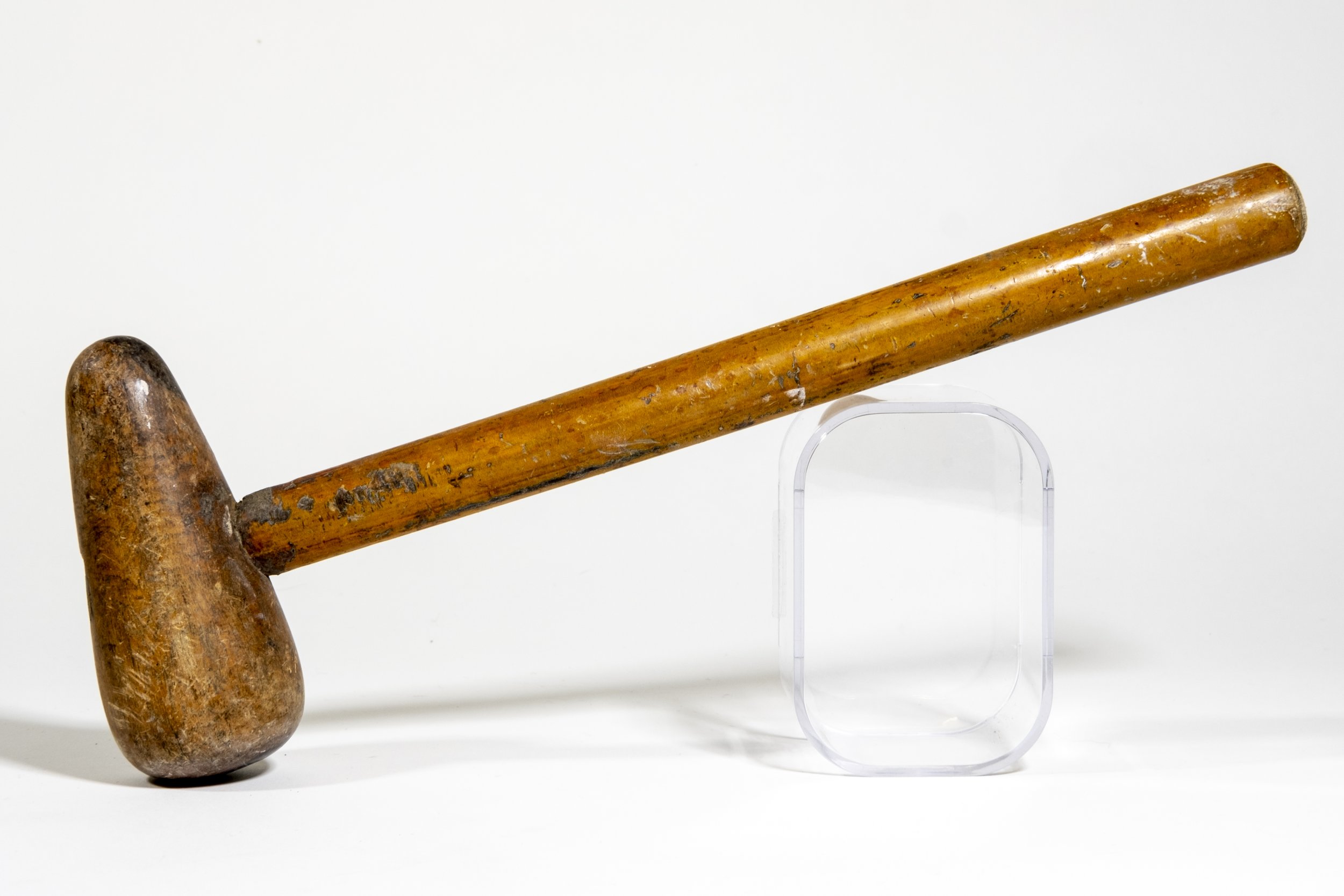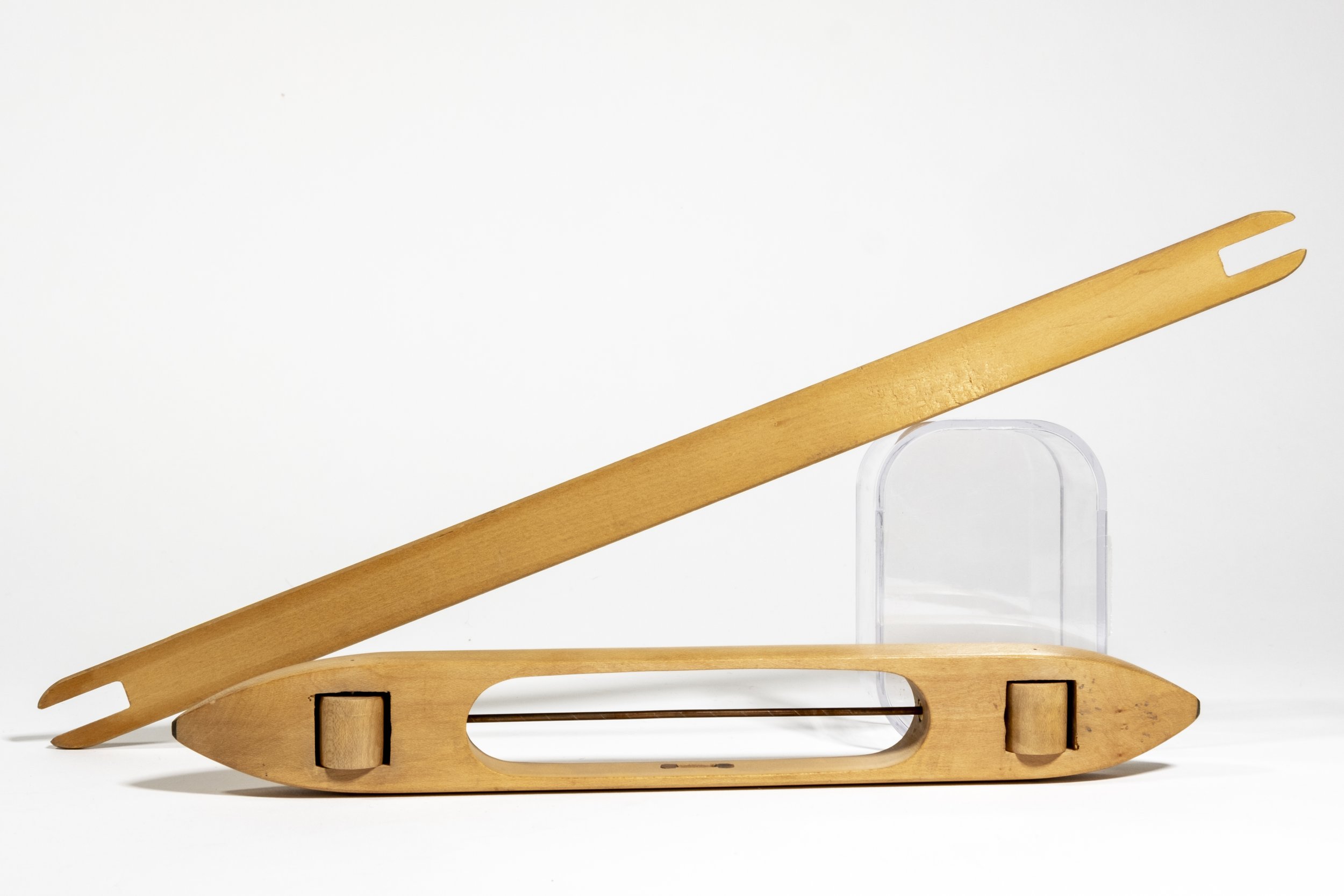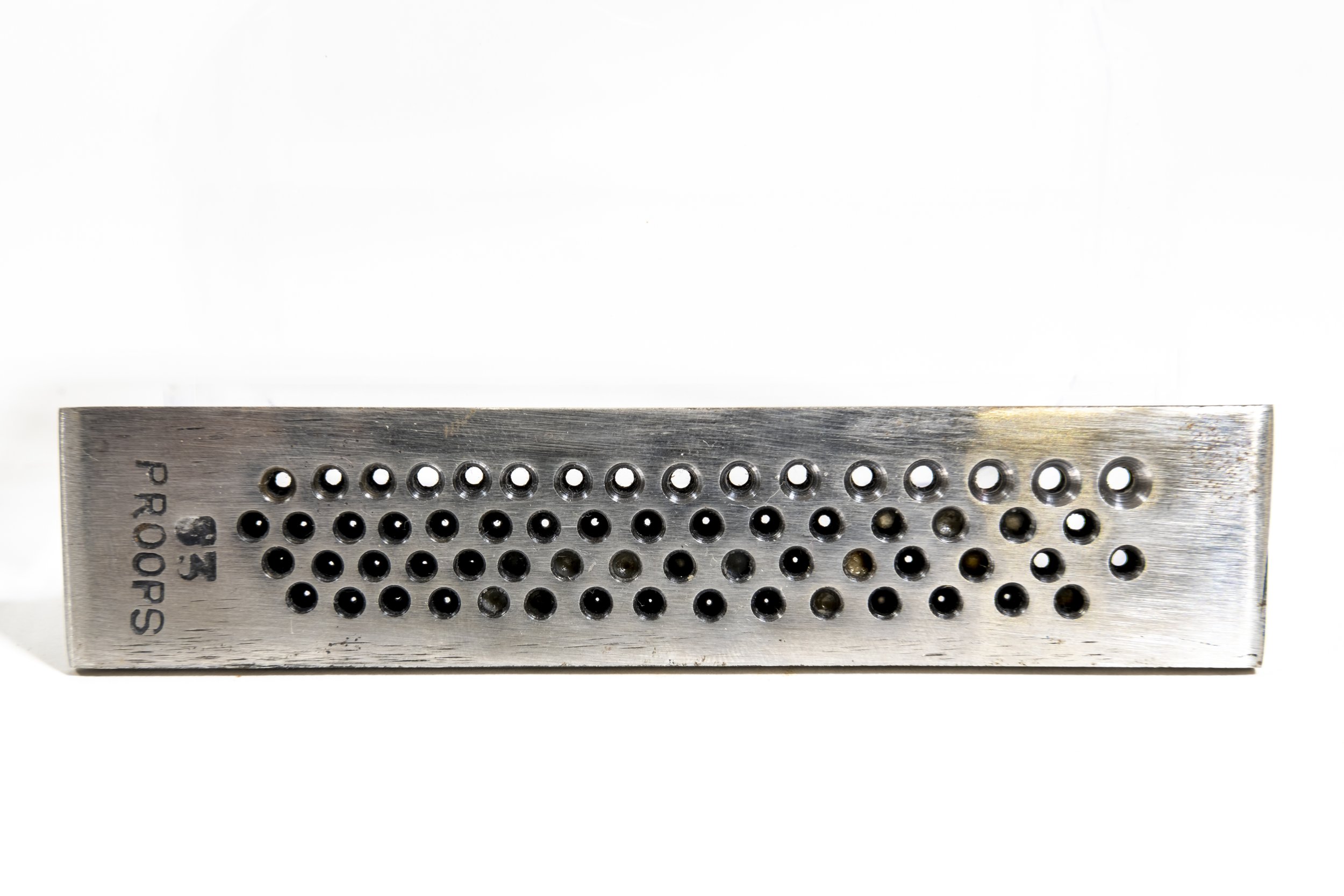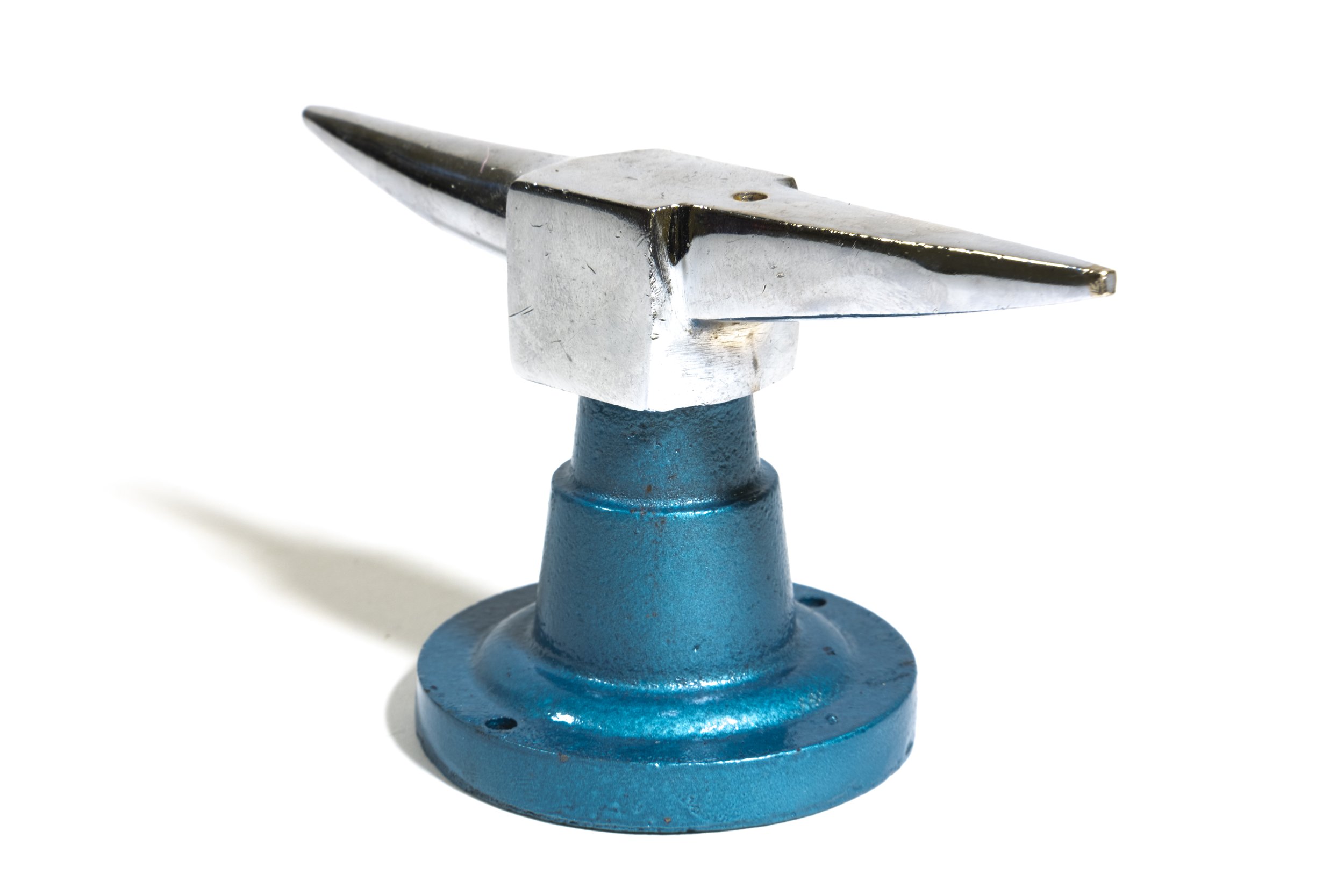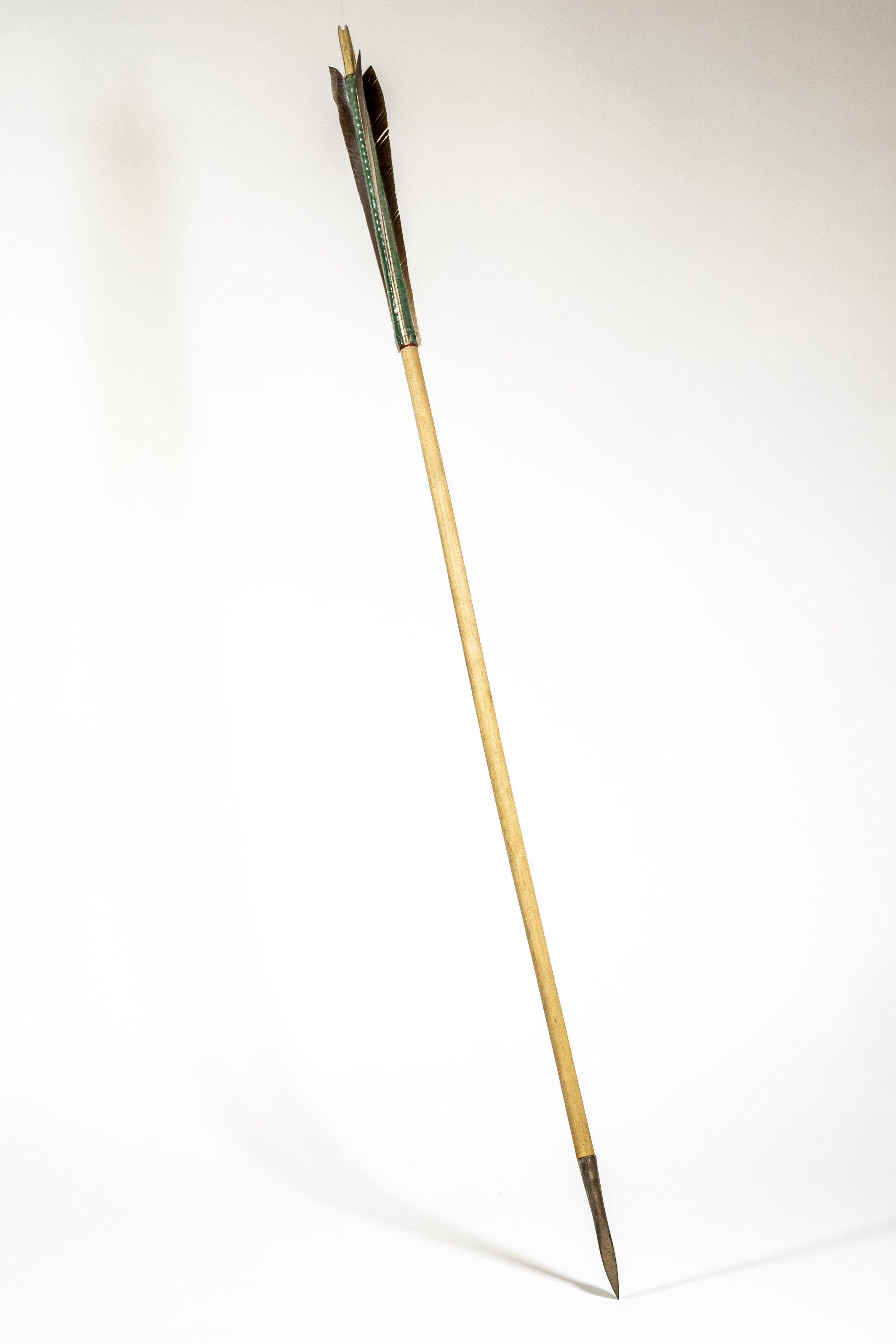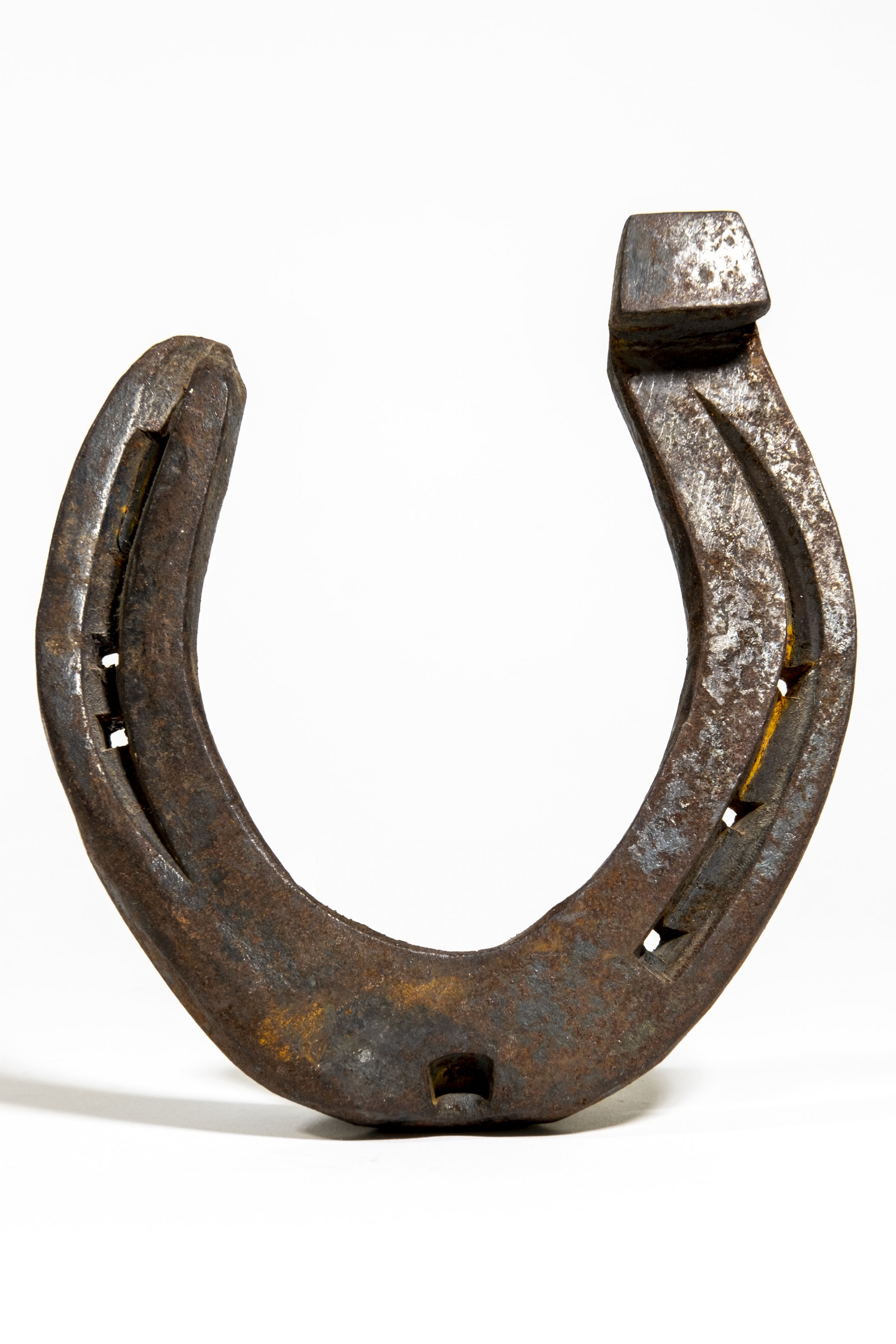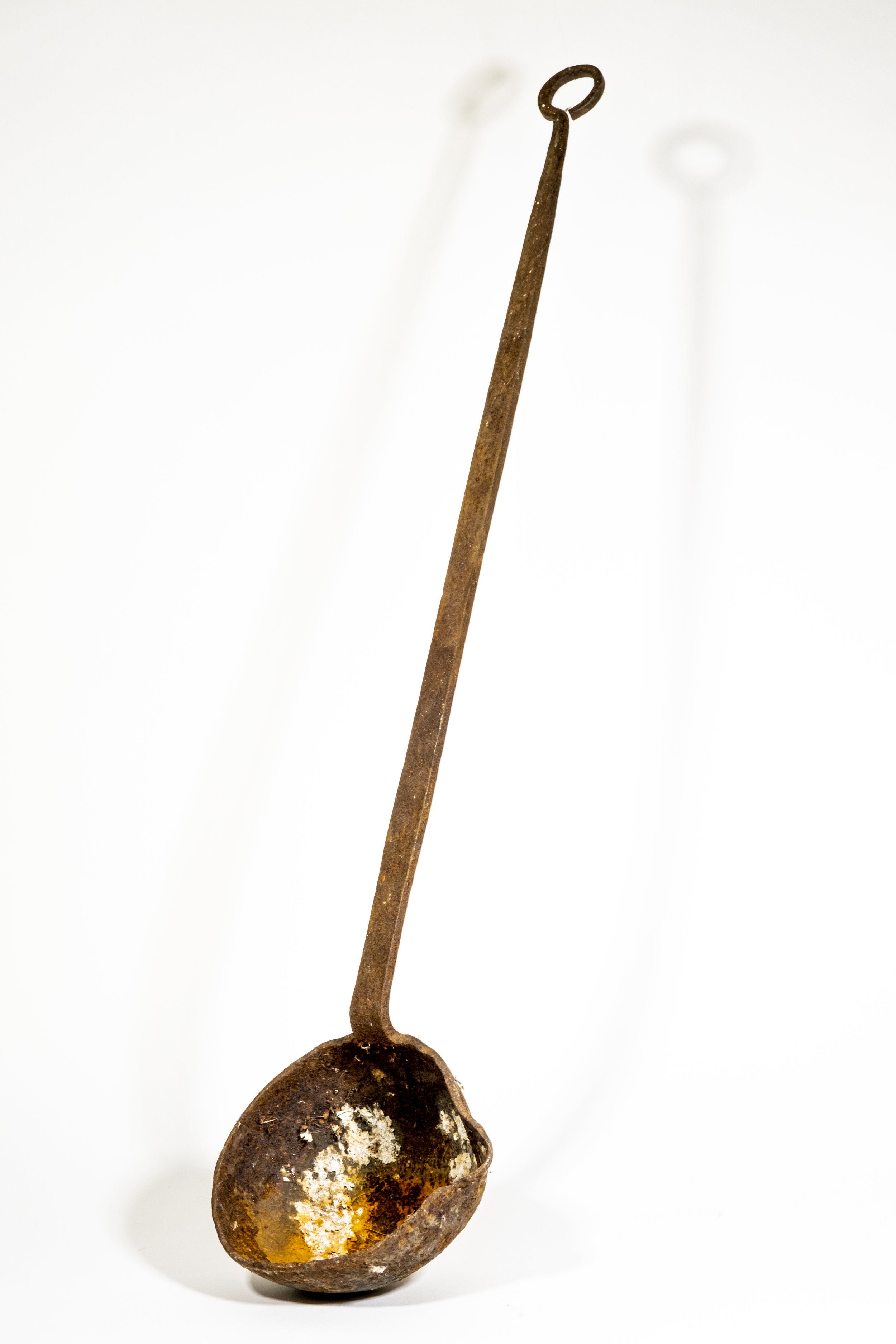The British Heritage Project
“…all the works of men which have been most admired since the beginning of history have been made by the workmanship of risk, the last three of four generations only excepted. The techniques to which the workmanship of certainty can be economically applied are not nearly so diverse as those used by the workmanship of risk. It is certain that when the workmanship of certainty remakes our whole environment, as it is bound now to do, it will also change the visible quality of it.”
- Pye, D. 1968, The Nature and Art of Workmanship, Bloomsbury Academic, London UK
Up to date (2022) map of locations visited as elements within The British Heritage Project.
We currently live in an age of reliance more and more on the pre-made and the computer-made. In the last decade some trades have disappeared from the country due to no one to inherit the skills required for them, such as traditional wooden ladders, and many more are on the Heritage Craft Association’s “Red List”.
Some however, have had an increase in popularity such as the significant rise of micro-breweries crafting real ale. These breweries are not alone; across Great Britain there are artisan craftsman learning historic skills and trades, and putting them into practice working on the knife edge that is between playing it safe, and total ruin; “the workmanship of risk” (Pye, D. 1968). For them, the pride in the making is often the reward, and any financial gain is a bonus.
Survey Results (Updated March 2023)
Some volunteer by learning the skills to repair Dry Stone Walls along canal paths so that they can repair the walls on their own farms and gardens. Some will go on to teach their children in time these same skills. Others set up their own businesses, spinning wool from the fleece to sell to local knitters. Some are linked with local traditions: regional foods such as Cheddar, Cornish Pasties and Melton Mowbray Pork Pies as the most famous of examples, but also the Cumberland sausage, and the Maid of Honour tarts that date back to the Tudors.
The British Heritage Project is a series of photographic narratives and short films which are supported by both traditional British folk music collected and sourced from The Full English archives at Cecil Sharp House, and original compositions recorded using traditional instruments.
Each ‘chapter’ examines the workings of individuals notable within their communities for the work they do, and the relationships between then. Many of their trades and skills overlap, such as the skills of a farrier relate to those of the other smiths: Blacksmith, Whitesmith, Goldsmith and Silversmith. The terminology used by a Silversmith cross with those of the potter; the canal paths that are repaired by Dry Stone Wallers, were made for horses towing canal barges, these horses would need to be shod by a farrier, and need bridles and saddles made by a saddler, the boats they haul would be transporting material and wool to the mills to be spun, or precious metals to go to the forges of London and Birmingham, or to the dockyards around our coast where they board boats that share the seas with small independent fisherman struggling to keep a living in over-fished seas.
The British Heritage Project is an ongoing anthropological exploration of the wider craft community within Britain. Looking at their similarities and overlaps, and the commonality amongst them, even where they have never met or collaborated, and the geographical connections between trades and their shared histories.

